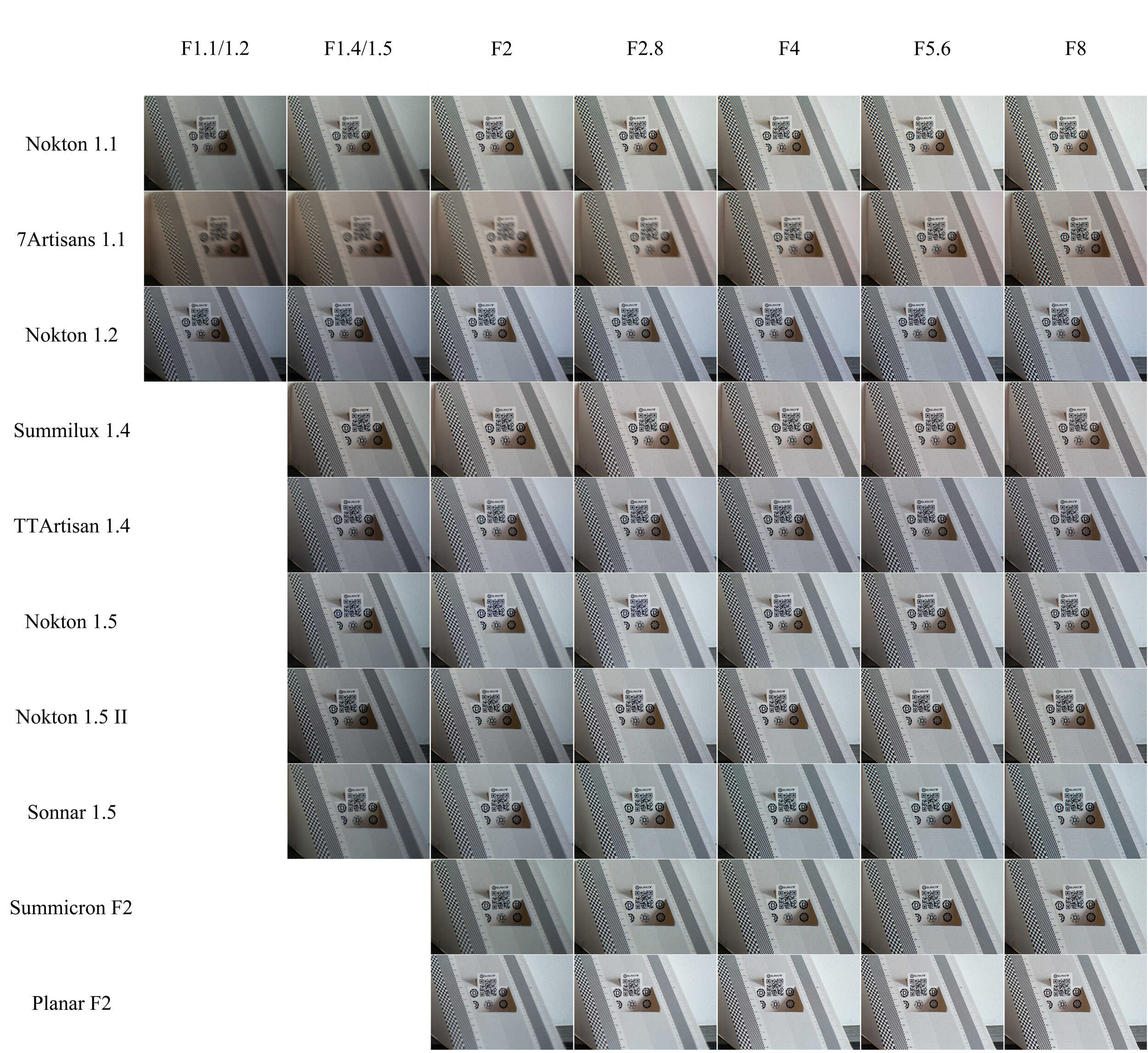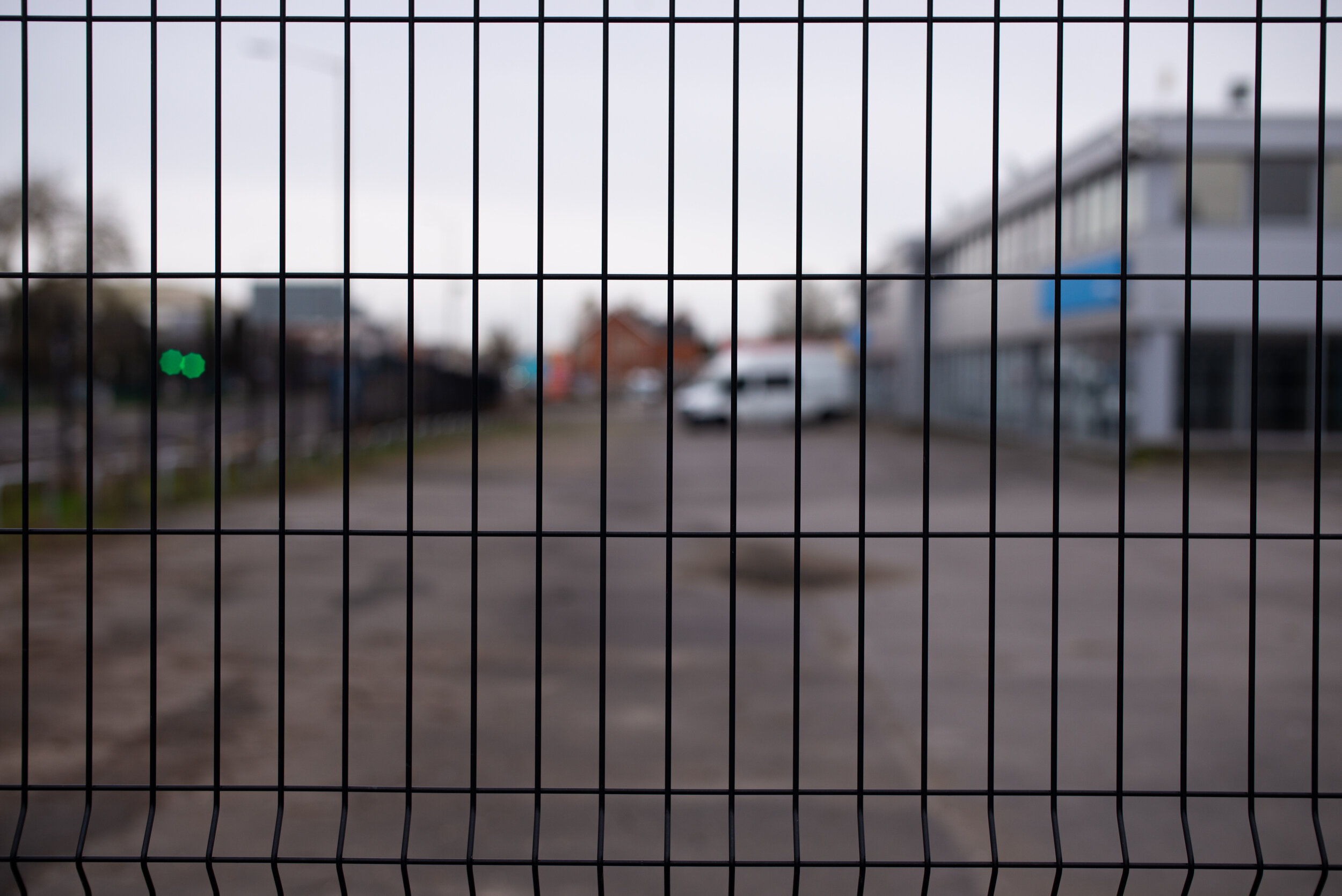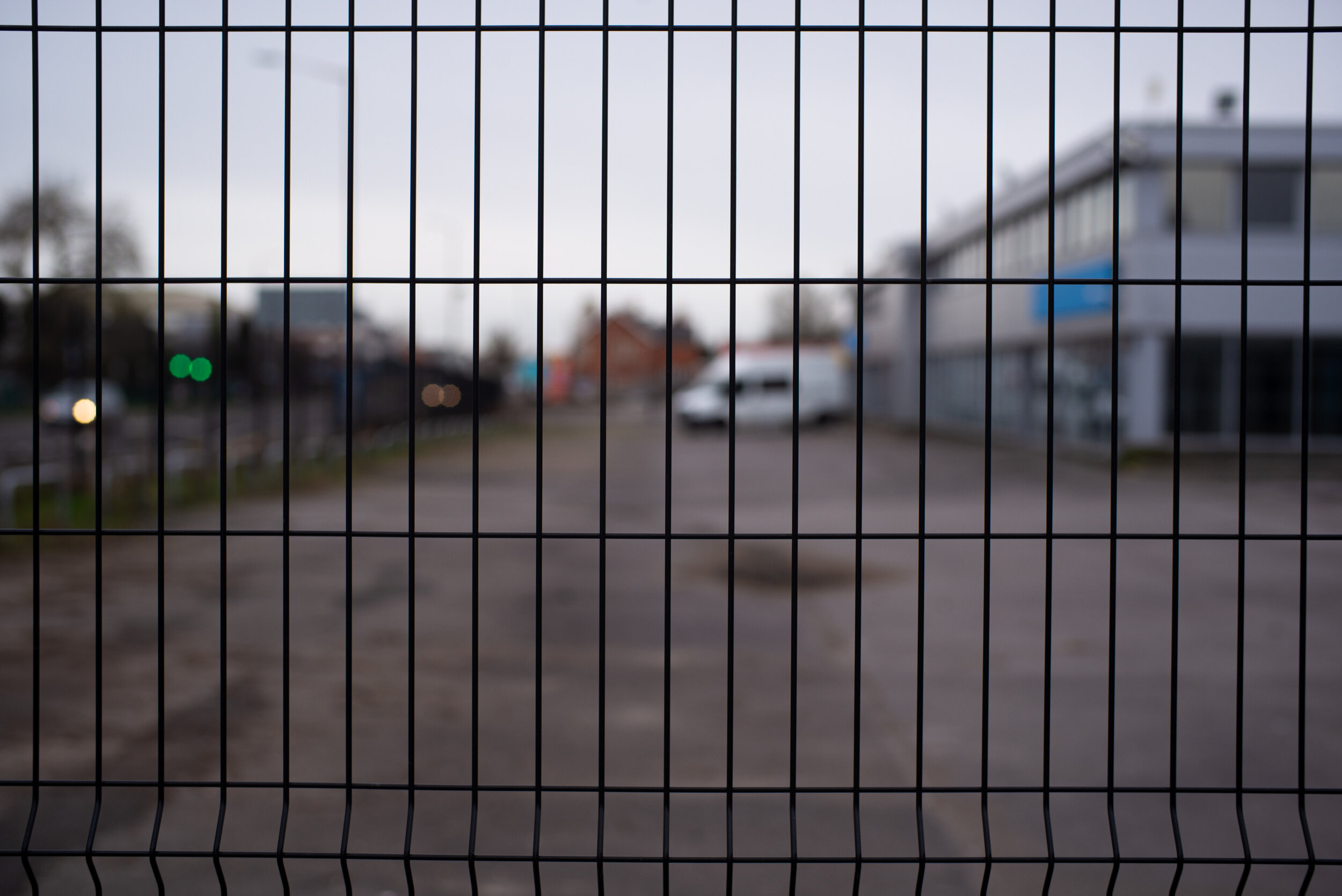Leica M 50mm lens comparison: 10 fast options - Part 2. Technical analysis
In this second part of the comparison we will look at focus shift performance, aberrations like coma and astigmatism, sunstars rendering, vignetting and colour signature, flare characteristics, chromatic aberration handling, distortion and field curvature for each lens. If you haven’t read the Part 1 of this comparison I strongly suggest you have a look at it. Like in Part 1, if you don’t have the time or the inclination to peruse all the sample pictures and the analysis you can skip to the summaries following the link at the beginning of each section.
Index for this page:
Coma, astigmatism and sunstars
Vignetting and colour signature
Let’s start.
Focus shift
For the purpose of this article I will present full size centre crops from the test images to show the amount of focus shift per aperture. If you’d like to better understand what causes focus shift please refer to this article I wrote some time ago. The mid-field and corner crops will be visible in the summary grids. All of them will be available in full size in the following articles reviewing each lens in turn. Below is the test setup. The focus distance is just over 1m for all lenses:
All images have been white balanced thoroughly. The colour casts you see are a property of each lens. We will be able to see the colour rendering of each lens in more detail in the vignetting chart at the end of this page. I will also comment here on spherochromatism as it will be visible in these test shots. Spherochromatism is a form of Longitudinal Chromatic Aberration (LoCA) and is visible in the out of focus areas. In images like this it usually will tinge the out of focus high contrast transitions, magenta before the plane of focus, green after.
Differently than we did in Part 1, we will show all lenses together from wide open, no matter the maximum aperture, so we can follow the focus shift progression for each of them side to side.
Wide open:

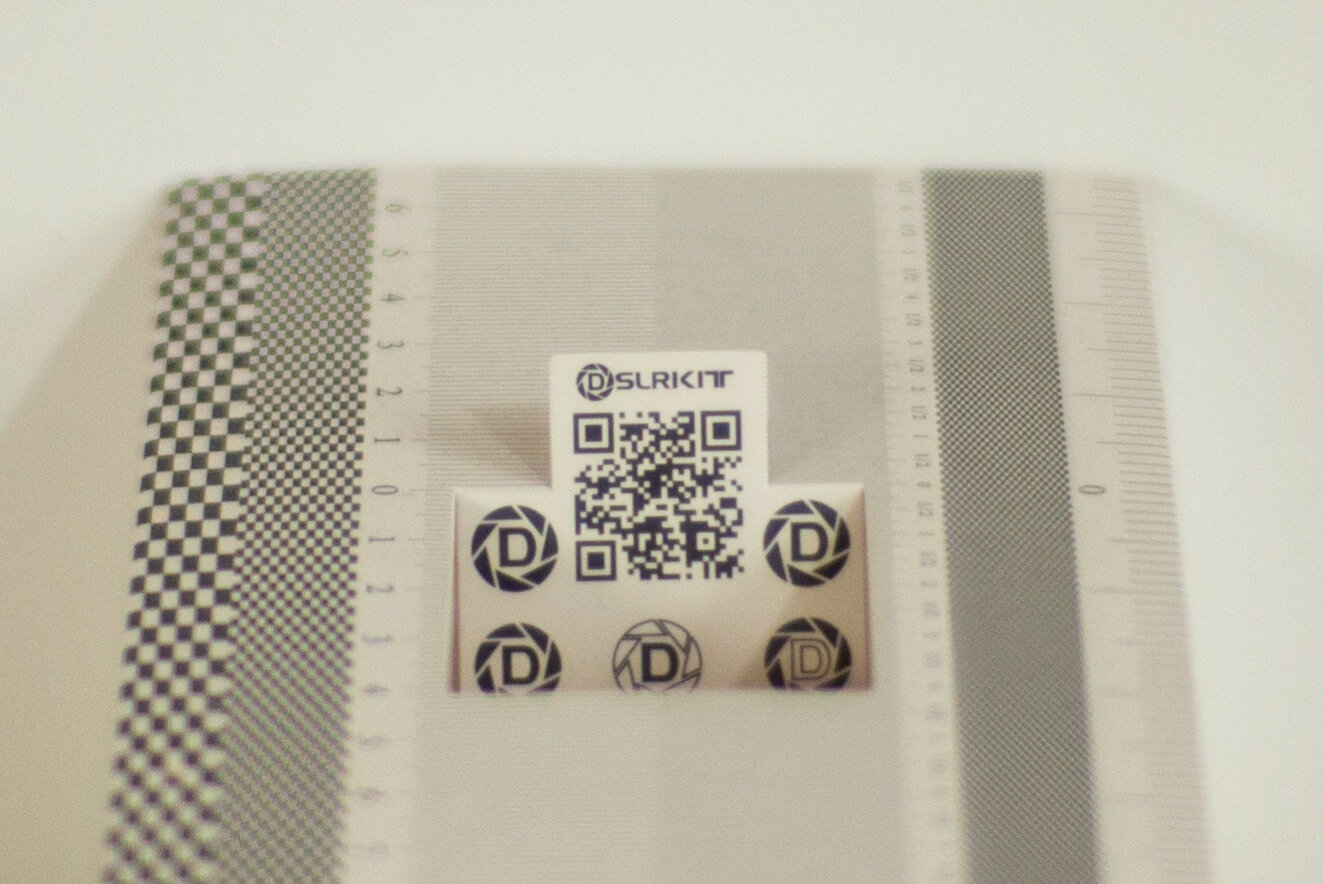








All lenses have been focused as best as possible with the aid of the Electronic ViewFinder (EVF) and focus point magnification. Focusing was obtained wide open and not touched anymore when stopping down. Should you wonder about the sharpness at this close distance when properly refocused at different apertures please refer to the MFD and magnification test in Part 1.
On the Nokton 1.1 shot we see a fair amount of spherochromatism but also a very deep apparent depth of field created by the uncorrected spherical aberration, which renders the chart horizontal lines on the left clearly distinguishable almost to 5cm after the focus plane. The actual depth of field at this distance should be, theoretically, around 3cm. The 7Artisans 1.1, with the same aperture, lets you see those lines past the 6cm mark after the plane of focus! Definitely not a highly corrected, lens. The spherochromatism seems to be less pronounced than on the Nokton 1.1, whereas the Nokton 1.2 shows a higher level of it while being better corrected for spherical aberration. The reason for commenting about the spherical aberration correction is that it is the main cause of focus shift, the subject of this test. The Summilux 1.4 image has a lower level of spherochromatism but it is not free of it at all, although the lens is supposedly and apochromatic (APO) design. Being a 1.4 aperture the expected depth of field (DoF) should be around 4cm. The acceptably sharp depth I see here is just over 2cm, but we are pixel peeping now! We can clearly distinguish those horizontal lines up to 3.5cm after the focus plane, so we do have some residual spherical aberration which, surprisingly, seems better controlled on the TTArtisan 1.4, which has barely more than the expected 4cm DoF. It shows a higher amount of spherochromatism than the Summilux 1.4 though, as you would expect from a non APO lens. The Nokton 1.5 controls it better, but it lets us see clearly those lines all the way past the 5cm mark. Its sibling, the Nokton 1.5 II, has a shallower DoF but shows higher levels of spherochromatic fringing. It does a little worse than the Sonnar 1.5, which on the other hand does not correct for spherical aberration all that much. The lines are defined all the way to the end of the chart. The Summicron F2 and the Planar F2 have a theoretical DoF of 6cm, and the planar appears to be quite a bit shorter as a focal length, adding DoF to its image. The Zeiss is ever so slightly less sharp and that accounts for slightly less definition in the lines after the 6cm mark, but both lenses are showing them almost all the way to the end of the chart. The spherochromatism seems equal to me, with the magenta hues accentuated in the Planar F2 image due to the colour signature and contrast of the lens.
Aperture closed by 1 stop or F1.4 for the fastest three
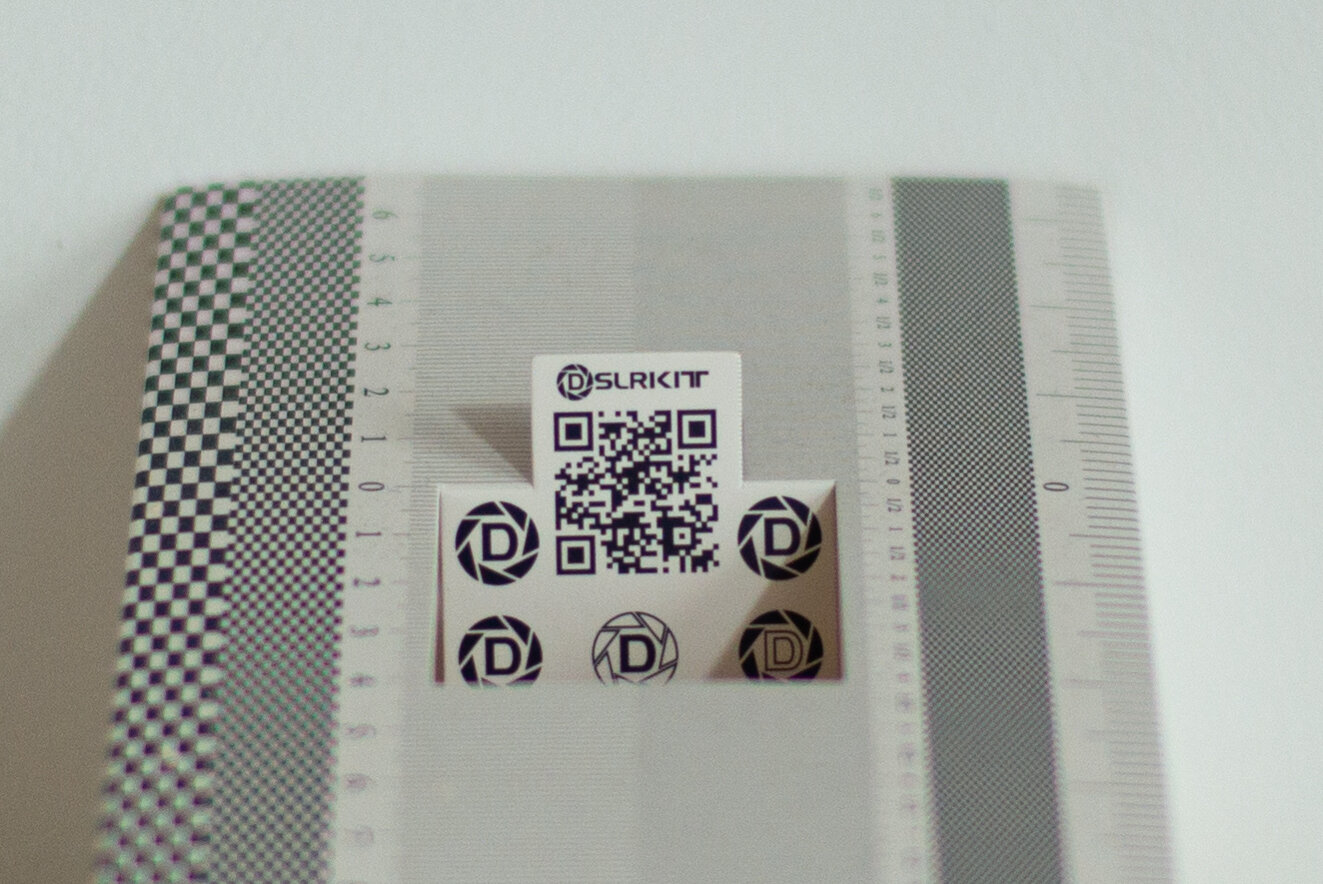









The Nokton 1.1 and the 7Artisans 1.1 show a good amount of focus shift already: the number 2 before the plane of focus is already more blurred than wide open, and we should expect the opposite given that the DoF is deeper now. The target is still within it though and is sharper than wide open. The Nokton 1.2 shows a lesser amount of shift and the closer limit of the DoF hasn’t moved forward. The plane of focus is sharper and more contrasty. The Summilux 1.4 is the first one showing more DoF towards the lens. This is the only lens in the comparison equipped with a floating lens group: all other lenses move the whole optical cell backwards and forward to focus. It is natural, due to spherical aberration not being corrected fully, for the plane of focus to shift backwards when stopping down. Due to the small DoF at close distance we can see this more readily. The Floating Lens Element (FLE) or Group corrects this behaviour moving independently of the rest of the optical cell, allowing for the closer focus images to be also better corrected optically. We will see how efficient this is, but we are already seeing a difference. The TTArtisan 1.4 seems to show some shift as well but slightly less than the Nokton 1.2, maintaining a very sharp target. The Nokton 1.5 has a little more shift than the Nokton 1.5 II already but they both maintain a sharp target at F2. The Sonnar 1.5 reminds us straight away of its defining character: at just 1 stop down from wide open the target is falling just outside of the acceptable sharpness area: the DOF has moved almost 2cm backwards already. The Summicron F2 shows almost no shift at all, with the DoF moving 1mm backwards, where the Planar F2 does shift visibly with the DoF moving almost 1cm forward. The target is still sharp though.
Two stops down
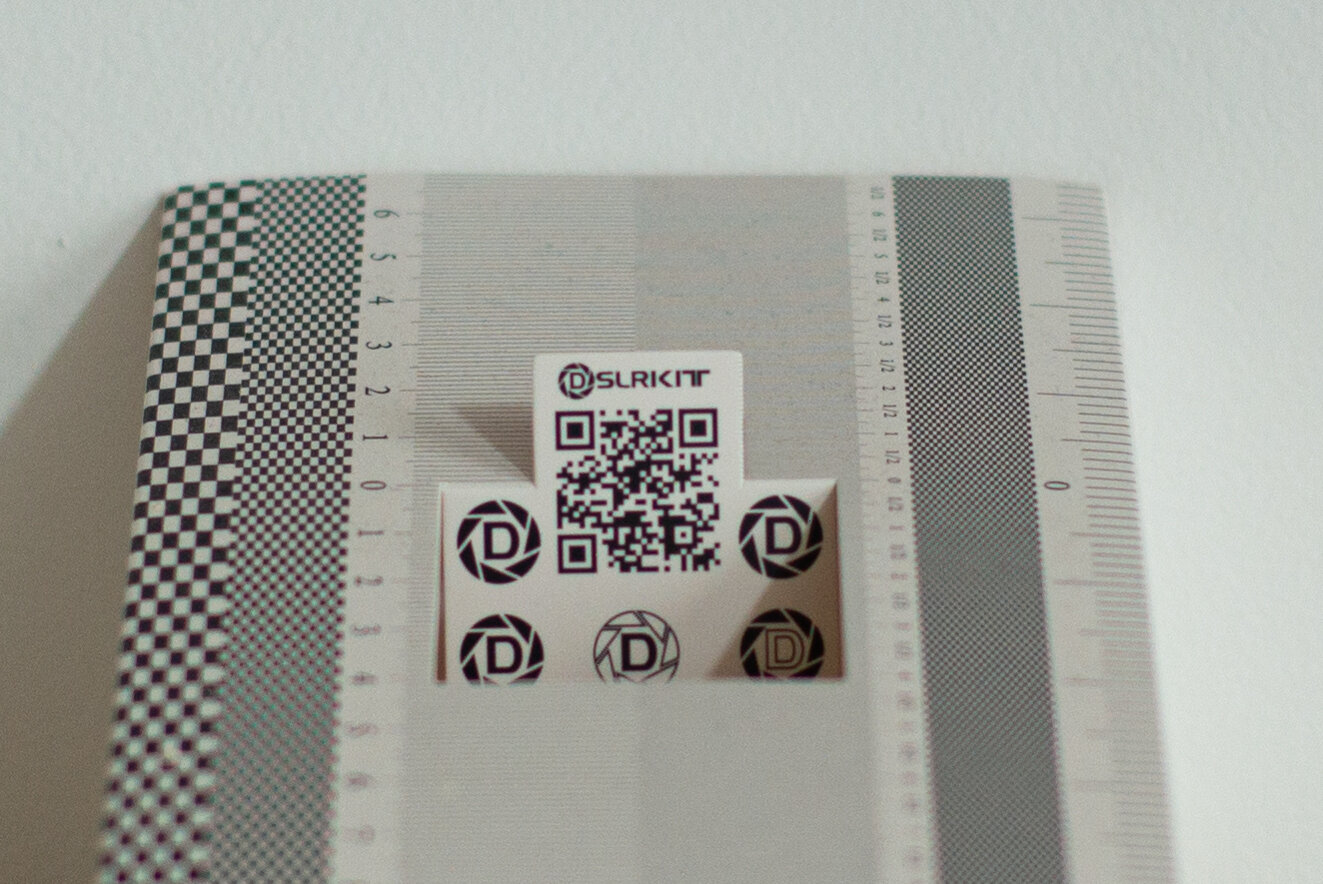









Both the Nokton 1.1 and 7Artisans 1.1 now have the target just outside of the closer DoF margin and outside the acceptable sharpness limit, with the Chinese lens showing slightly more shift. The Nokton 1.2 manages a little better, keeping the target within the DoF, but just. The Summilux is still gaining definition towards the lens. the target is just where it should be in the DoF. It’s not shifting. The TTArtisan 1.4 stopped shifting and it now gains depth backwards to reposition the target where it should be within the DoF. Impressive. The Nokton 1.5 II does a hair better than the Nokton 1.5: while the new lens keeps the target barely within the DoF and acceptable sharpness, the older one is starting to lose definition in the target, which is now falling just outside of the DoF. The Sonnar 1.5 is away with the fairies already: the sharpest point appears to be 4cm behind the intended target, which is now quite blurry. The Summicron F2 is showing quite a shift now, which brings the DoF just beyond the target, which has lost a bit of sharpness now. The Planar F2 shows a surprising amount of shift: whereas the Summicron F2 seems to have the plane of focus around 3cm beyond the target at F2 the Planar F2 shows it at around 4cm, similarly to the Sonnar. The target is not as blurred because the F4 aperture has more DoF than the F2.8 of the Sonnar at this point.
Three stops down
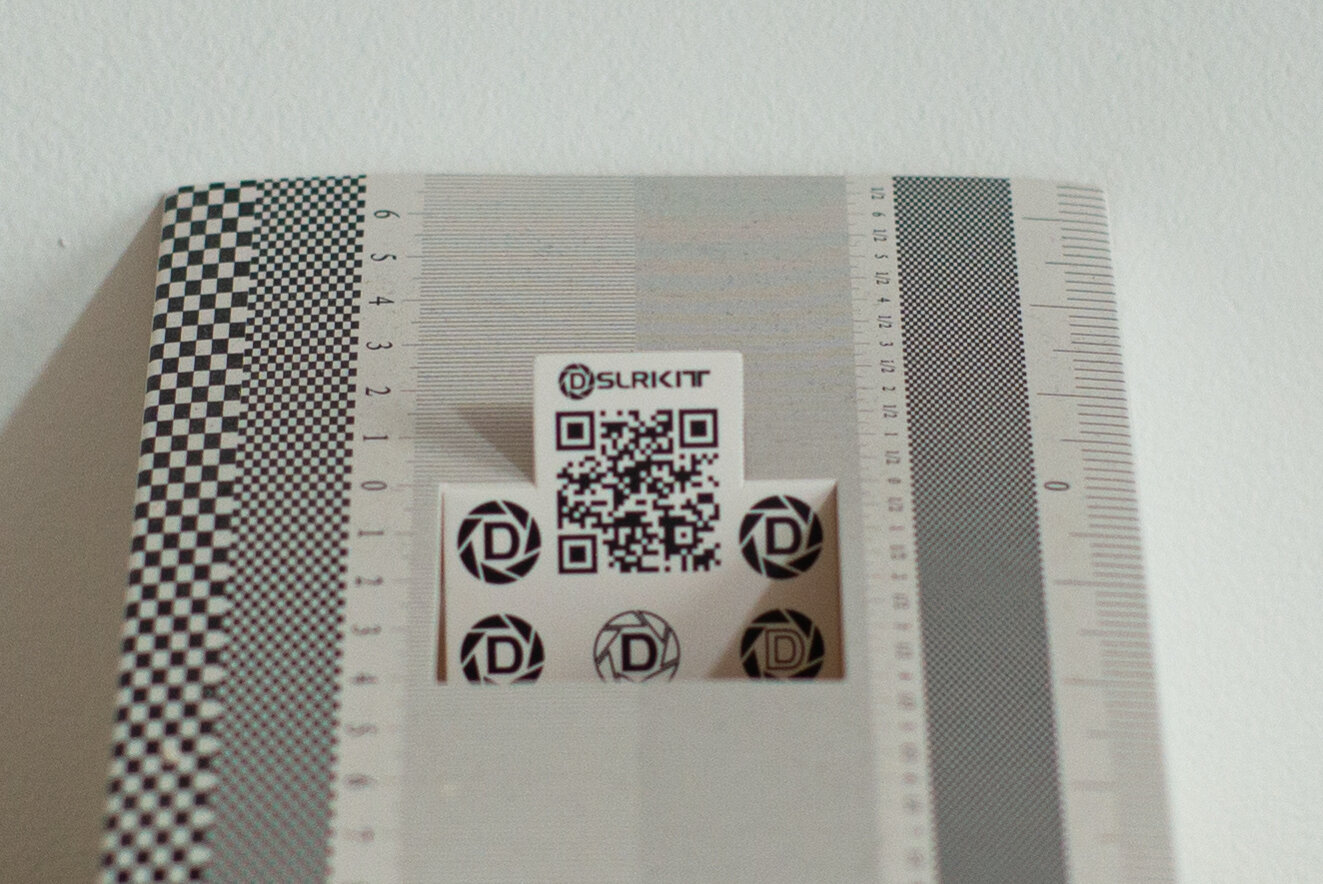









The Nokton 1.1 shifted a bit more, the deeper DoF doesn’t manage to keep the target within it, but it’s not as bad as the 7Artisans 1.1, which has the DoF starting almost 2cm beyond the target. The Nokton 1.2 is still managing to maintain the target within an acceptable sharpness limit, barely inside the DoF. I can now see a tiny amount of shift on the Summilux 1.4, but nowhere near degrading the image quality of the intended target. I hardly see a difference between the amount of shift of the Summilux 1.4 and the TTArtisan 1.4, if anything in the Chinese lens it might be a hair less. With no FLE: unbelievable. Now the Nokton 1.5 II is really showing off its brother, the Nokton 1.5: the older lens still has the target outside the DoF robbing it of sharpness, while the newer lens has the target back inside the DoF and it is quite sharp. The Sonnar 1.5 completely forgot where it was supposed to be focused: the DoF is now starting between 3 and 4cm beyond the target, which is really blurred. The Summicron F2 and the Planar F2 seem to have equalised their performance, with both finding the target just at the edge of the DoF and slightly less sharp than desirable. At least all lenses apart from the fastest three are not showing any significant spherochromatism. F4 seems to be the threshold.
Four stops down

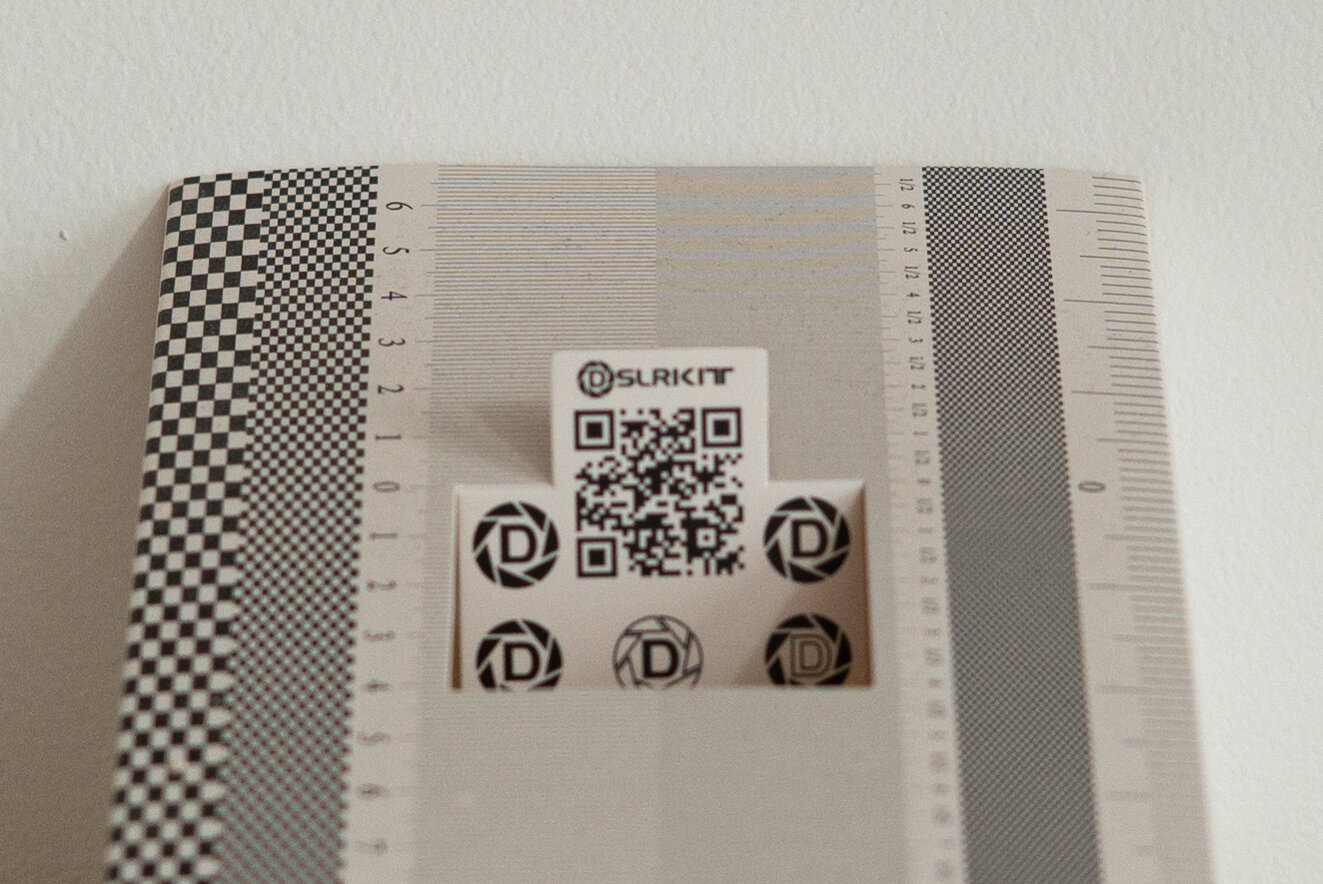








No changes for the Nokton 1.1, 7Artisans 1.1, Nokton 1.2: they keep on shifting and the DoF gets bigger, compensating for the shift. All three find the DoF closer margin in exactly the same place after closing one stop down. The target is not very sharp on the Nokton 1.1, blurry on the 7Artisans 1.1, sharp on the Nokton 1.2. The Summilux is playing its own game, with the DoF now quite a bit deeper before target as well, which is blistering sharp. So it is in the TTArtisan image, just with less contrast. The Nokton 1.5 II is as sharp as the 1.2 brother now, target comfortably sitting within DoF. Not so the Nokton 1.5, which is struggling to rein that target back inside the DoF. The Sonnar 1.5 shows a feeble attempt at sharpening the intended target, with the DoF starting to reach back towards it but still falling almost 2cm short. The target is still quite blurry. The Summicron F2 and Planar F2 go hand in hand now, with the target back within the DoF and sharp again. They better do though, they are at F8. And out of the comparison here, I didn’t go beyond F8: diffraction will start robbing the image of sharpness and all lenses better get something sharp at F8!
Five stops down

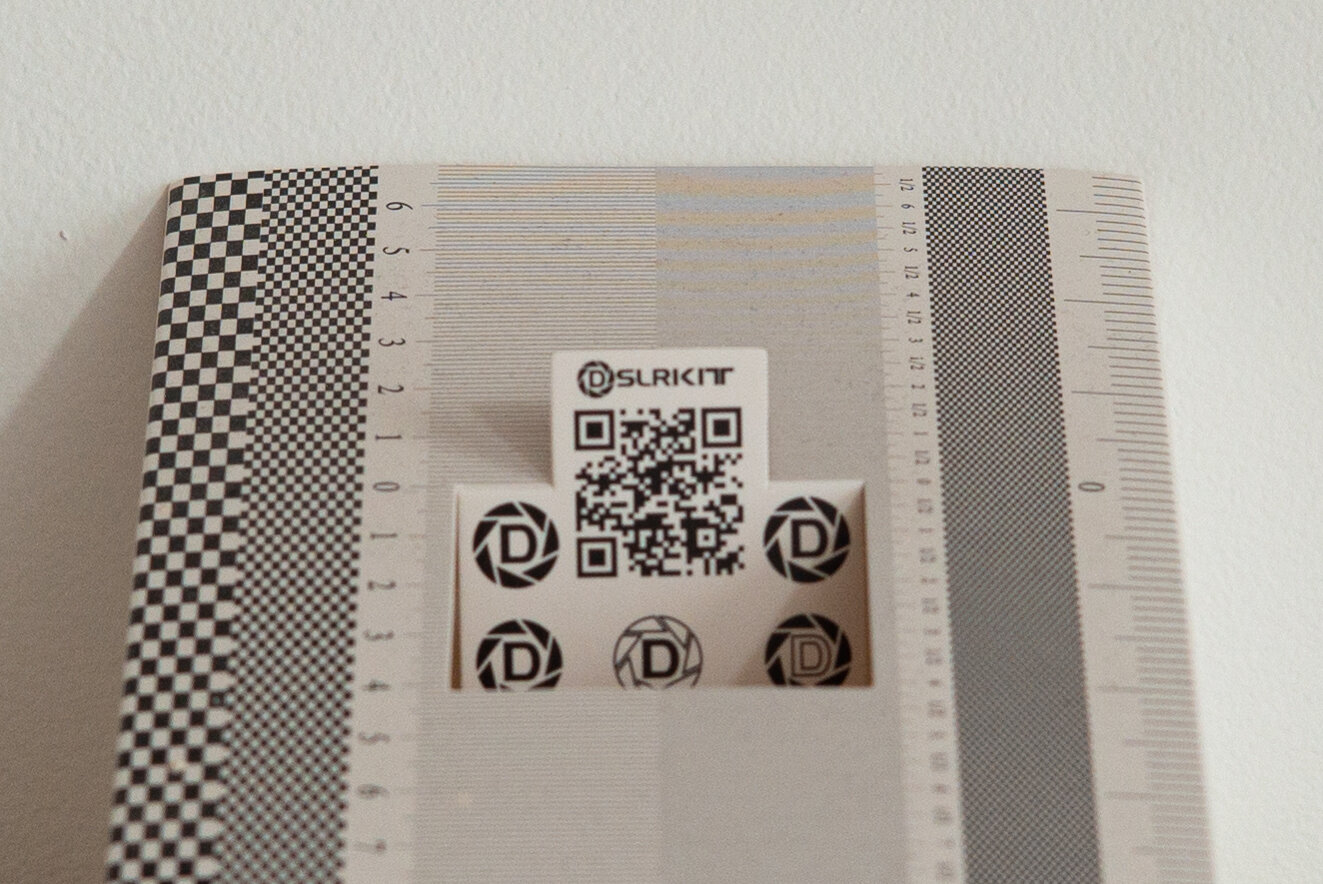






It’s worth talking about three lenses only here: all the others are simply very sharp now on the target. The one that surprises me is the Nokton 1.5, at F8 it hasn’t managed to sharpen up properly yet. I would say it’s at the level the Summicron/Planar F2 were at F8: not exacting sharpness. The other two lenses to talk about are both Sonnar designs: The Sonnar 1.5, obviously, and the 7Artisans 1.1. The Zeiss lens is getting there but it’s still lacking quite a bit of sharpness. The Chinese lens is just blurry and we are five stops down already. Let’s see how the fastest three do now.
Six stops down
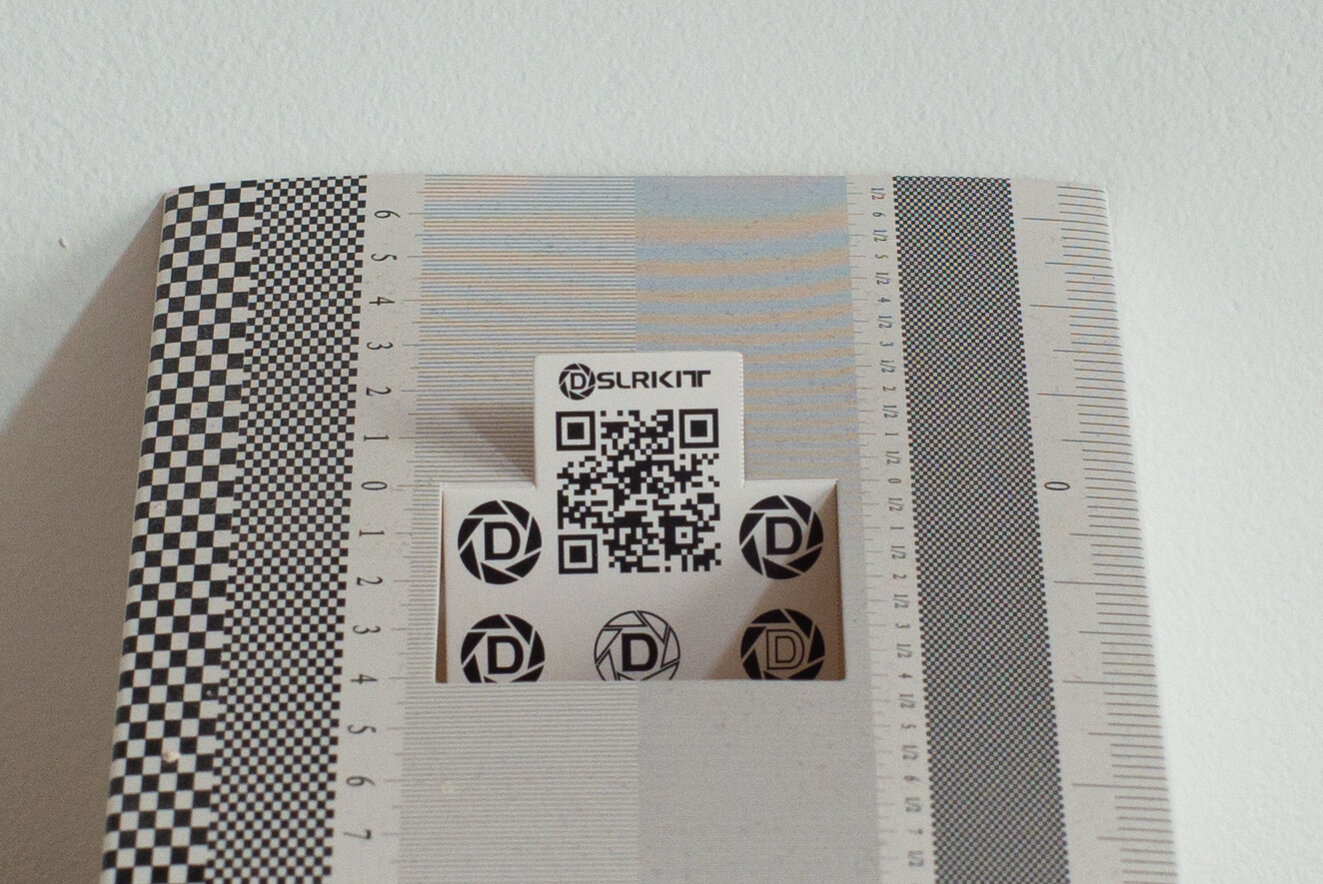


Not much to say here: the Nokton 1.1 is sharp, the Nokton 1.2 blistering sharp, the 7Artisans 1.1 still unsharp and almost exactly the same as the Sonnar 1.5 at the same F8 aperture.
Here are three summary grids for the focus shift test with centre, mid-frame and corner crops:
Should you wish to have a closer look, click for centre crops, mid-frame crops, corner crops in larger size.
Summary for the focus shift test
Two lenses stand out: the Summilux 1.4 and the TTArtisan 1.4. The German lens just sailed through here, but the Chinese one did as well with only a slight hesitation at F2. It was almost head to head for focus shift and sharpness, not so close for spherochromatism and contrast. I believe the TTArtisan 1.4 might have been designed to perform well at close range, given the poor performance at infinity in Part 1 of this comparison. The Summilux 1.4 shows that the FLE design really does make a difference. Focus shift just isn’t an issue with it, but it also does very well at infinity. The Nokton 1.2 behaved commendably, showing focus shift but managing to keep a good level of sharpness even at its worst at F2.8. The new Nokton 1.5 II maintains a low enough level of focus shift to make it still sharp enough at F2.8, the worst performance. The older Nokton 1.5 performed definitely worse than I expected, and so did the two slower lenses, the Summicron F2 and the Planar F2: the focus shift level is considerable and robs the image of its best sharpness all the way to F8, they never get as sharp as they could on the intended target The Planar F2 is slightly worse than the Summicron F2 at F2.8 and F4. The Nokton 1.1 does show a hefty amount of focus shift, but by F5.6 is very sharp on target. The 7Artisans 1.1 and the Sonnar 1.5 clearly show the nature of the Sonnar optical design, which they share: focus shift in spades. They are not very sharp wide open (hey, the Zeiss is a 1932 design!) but they just worsen stopping down, with the focus plane running away so fast that the DoF never manages to fully compensate for it. Need sharp and accurate on close focus with a stopped down Sonnar on a Leica M? Not with the rangefinder.
Coma, astigmatism and sunstars
I have added the sunstars rendering to this series because the images show it well. Here is the full frame:
The images shown will be crops from the upper left portion of the image. If you are wondering what in the world that image is, I just used the setup for the bokeh test at close distance in Part 3 of this article and refocused on the background.
F1.1/1.2
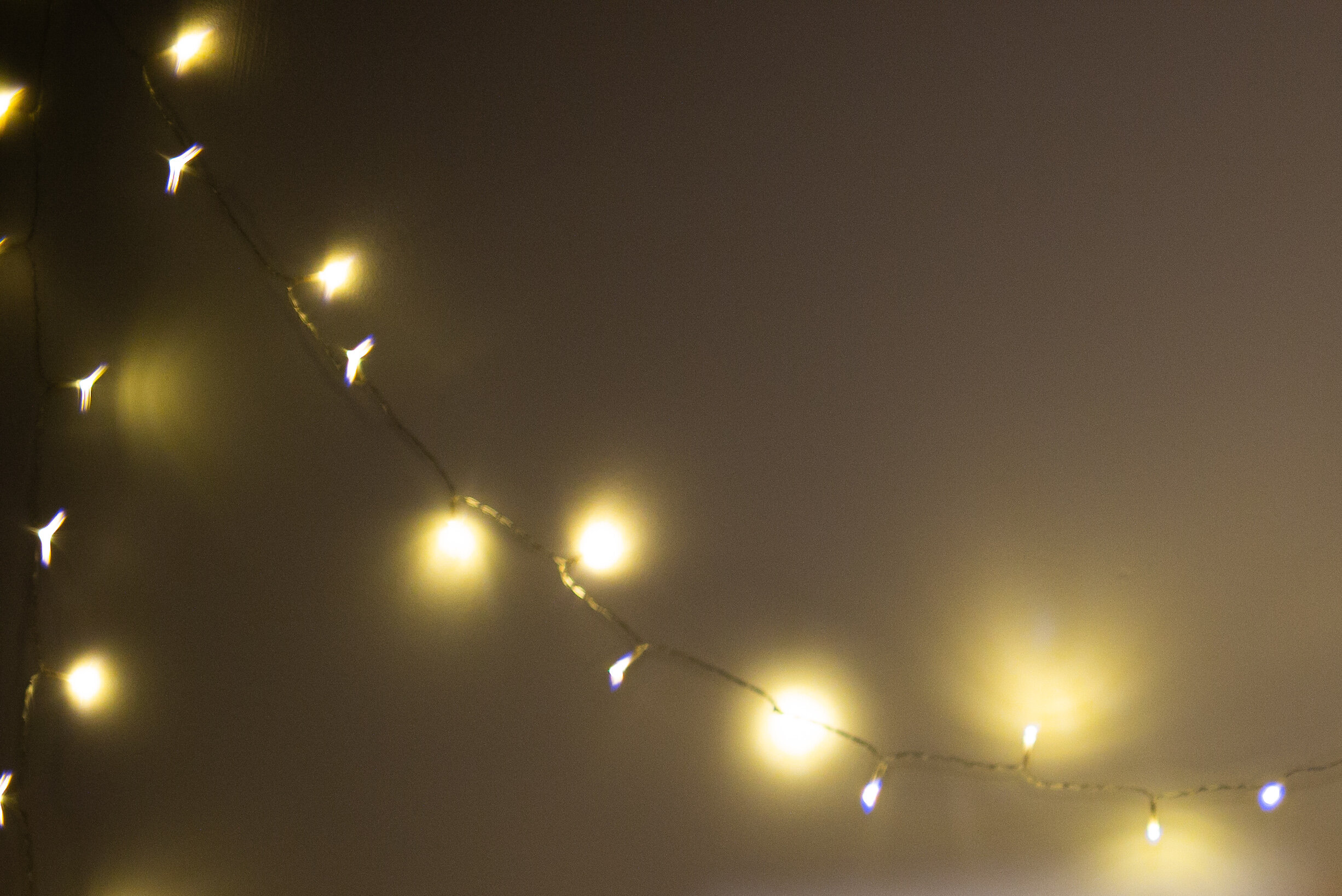


We can see straight away a hefty amount of sagittal astigmatism (SA) and internal coma on the Nokton 1.1, with a little tangential astigmatism (TA) in there. Those wings around the points of light are pretty intrusive. The 7Artisans 1.1 shows a different proportion in the aberrations: the SA is still prevalent but not as bad as the Nokton 1.1, the TA is possibly a bit more but the external coma and LaCA are definitely more visible. It’s interesting that at the extreme corner the coma seems to be turning inwards, becoming internal. Is that due to the extremely heavy vignetting? I don’t know, my knowledge in optics is marginal at best. Do chip in if you know! The Nokton 1.2 is doing very well already here, with a well controlled level of SA and some green fringing from LoCA. Some external coma seems to bloom the point highlights towards the corner.
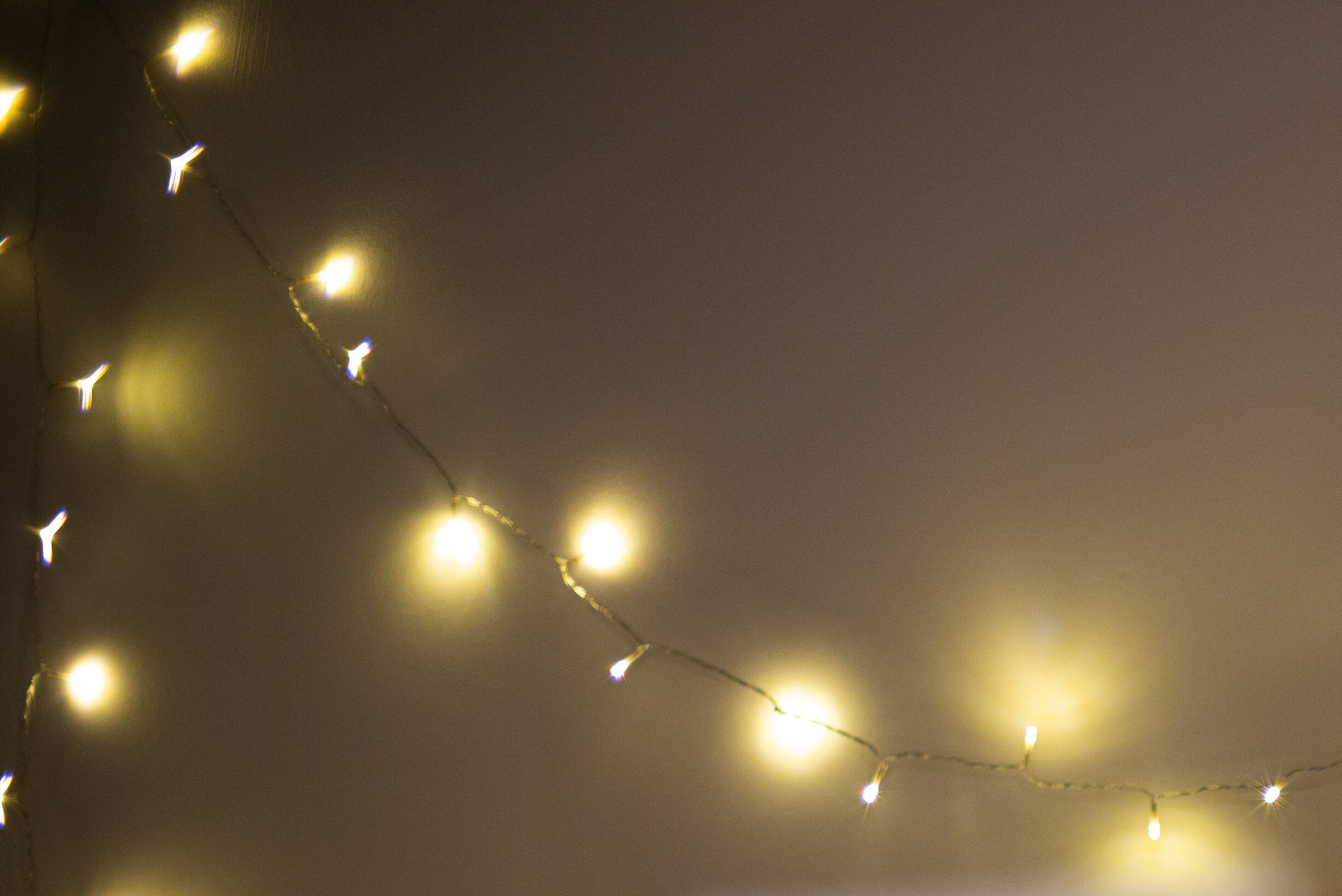







The Nokton 1.1 shows a considerable improvement in the mid frame but none at all in the extreme edges and corner. In mid frame we can see some sunstars appearing already thanks to the straight blades creating sharp angles in the aperture even at F1.4. The 7Artisans 1.1 shows a dramatic reduction of the SA, but coma and TA are hardly changed. The Nokton 1.2 hardly changed at all. The only significant difference is a faint sunstar appearing for the same reason as the Nokton 1.1, the straight blades. The Summilux 1.4 is impressive, showing just tiny amounts of SA and coma in the very extreme corner. The TTArtisan 1.4 is showing visible SA and external coma, a performance that is a bit worse than the Nokton 1.2 wide open. The Nokton 1.5 shows a bit of SA, internal coma, some TA and LaCA (blue fringe) but mostly in the extreme corner, while the Nokton 1.5 II shows a little more coma but external, a bit of LoCA (green fringe) and a little TA. Quite a performance for all three aspherical Noktons, especially the two newer ones. The Sonnar 1.5 has low external coma but severe SA (look at those dragonfly wings!) and LaCA.
F2
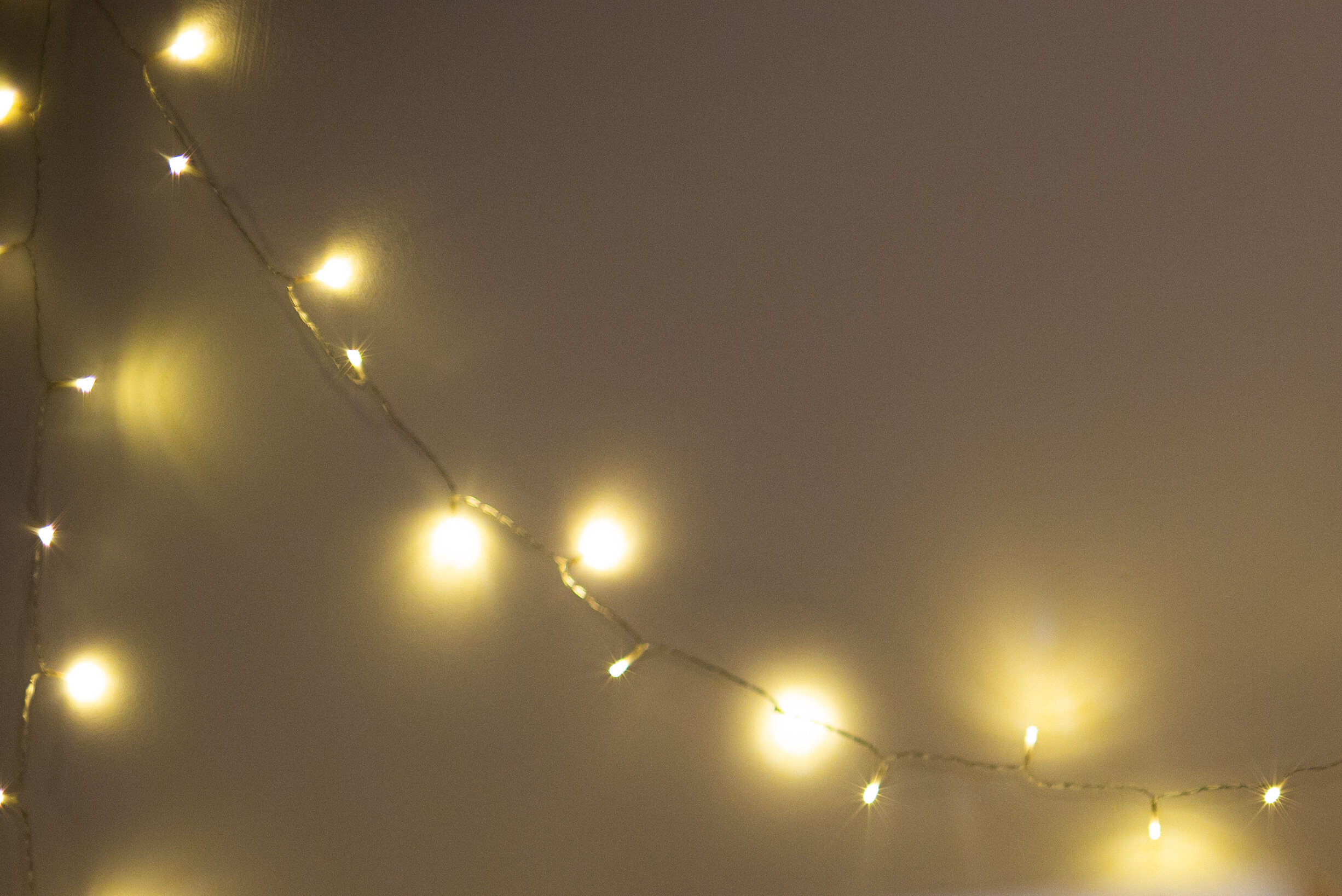









The Nokton 1.1 shows a dramatic improvement especially for the SA and LaCA, which are present only in the far corner and edges now, together with some TA. The sunstar effect is becoming quite striking. The 7Artisans 1.1 has completely gotten rid of its SA and still shows a little internal coma. The Nokton 1.2 is starting to show nice sunstars and only a trace of external coma at the extreme corner. The Summilux 1.4 only shows a little external coma right at the edge but it’s hardly visible. The TTArtisan 1.4 has completely eliminated the astigmatism and shows a very minor amount of external coma right at the edges. The Nokton 1.5 improves overall but maintains the same aberrations, just to a lesser degree. Its sibling, the Nokton 1.5 II does the same, and it still performs better than its predecessor. The Sonnar 1.5 shows a dramatic improvement, especially for SA: the dragonfly wings have almost completely disappeared. The Summicron F2 is wide open, and shows some LaCA, moderate coma and SA but mostly in the extreme corner. The Planar F2, wide open as well, is almost at its Leica counterpart’s level but with a few differences. Its coma is internal as opposed to external in the Summicron F2. SA is possibly ever so slightly less, but instead of LaCA it shows LoCA in the spot highlights. In both lenses the astigmatism and coma are shown just in the extreme corner of the image.
F2.8
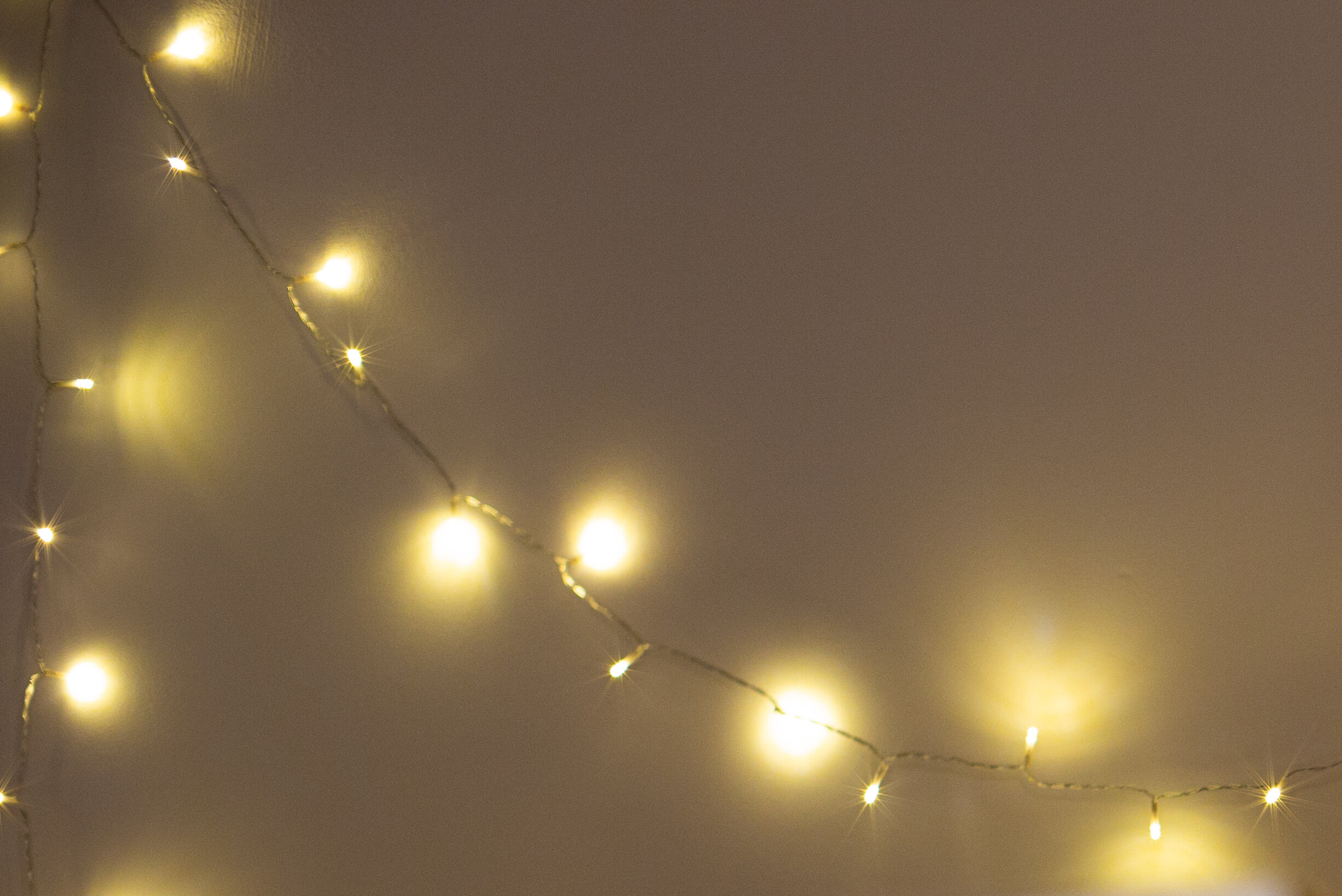









The Nokton 1.1 is starting to look really good now, with a hardly visible LoCA green fringe and nice sunstars. The 7Artisans 1.1 has also cleaned up well, with a tiny amount of concomitant LoCA and LaCA (out of curiosity, look at the very last point highlight in the corner: it shows a rainbow palette in the fringe), but it’s just very blurry overall. The Nokton 1.2 is now free of any visible aberration in the corner and the sunstars are nicely pronounced. The Summilux 1.4 is also aberration free but not showing great sunstars yet. The TTArtisan 1.4, Nokton 1.5 and Nokton 1.5 II are again the same, with two main things to note: much nicer sunstars on the Voigtlanders, still a tiny amount of LoCA in the Nokton 1.5 II. The Sonnar 1.5 has improved dramatically again, with hardly any coma or astigmatism and a barely perceptible amount of LoCA. Much lower definition than the other lenses but not as mushy as the 7Artisans 1.1. The Summicron F2 is much improved but still shows minimal amounts of LaCA and tiny external coma in the very edge. Timid stunted sunstars are starting to appear. The Planar F2 is now better than the Leica counterpart and shows pronounced sunstars already.
F4
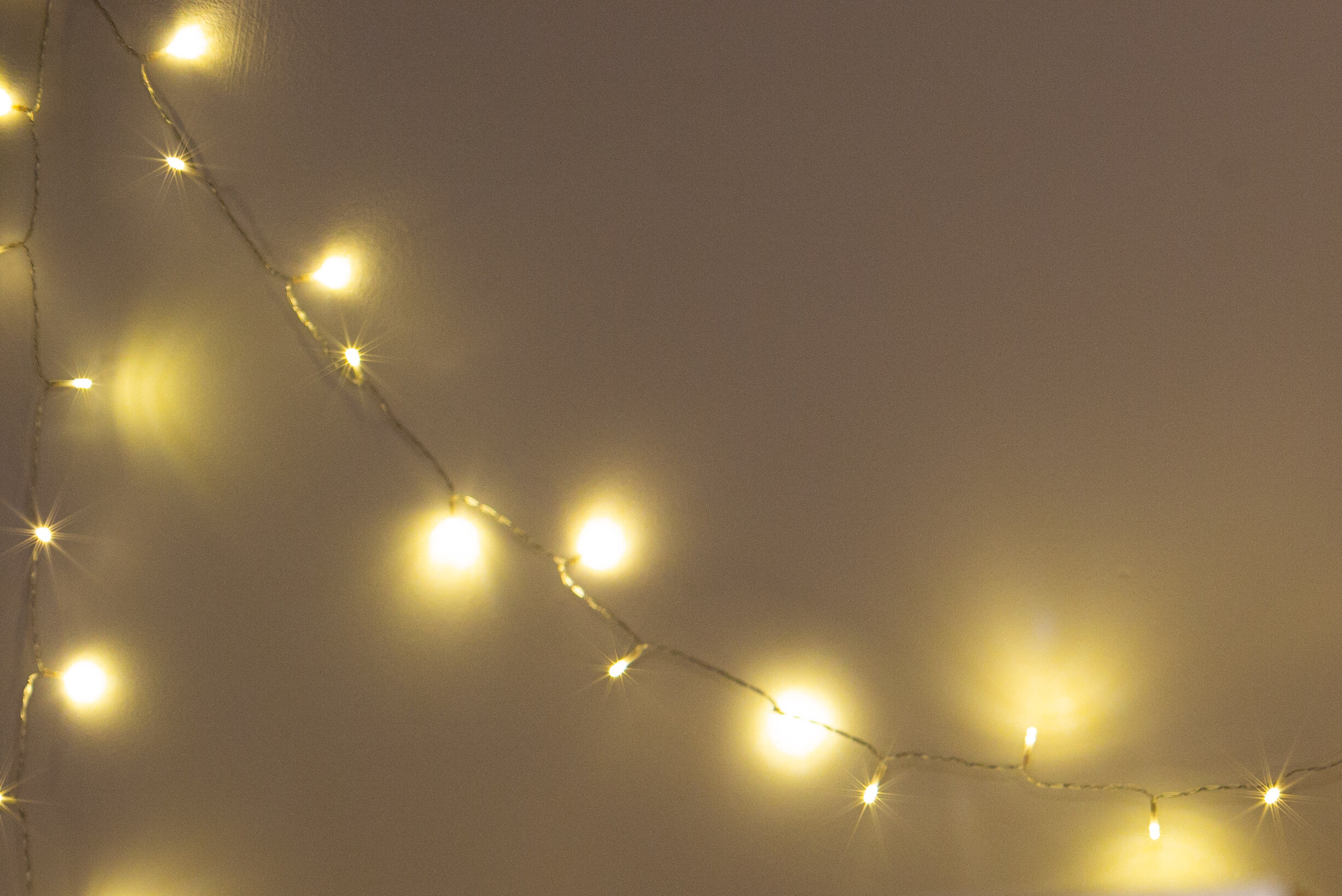









There is not much to say now. All lenses are performing admirably at F4, with one exception to note: the TTArtisan 1.4 is now showing a ghosting artefact around the point highlights, and they will not disappear closing the aperture down further. From the appearance of these artefacts I suspect they might be caused by the same problem I spoke about in the TTArtisan 50mm 1.4 review, the aperture diaphragm rail: click here to understand what I am talking about.
Another thing of importance is that the straight bladed apertures are showing beautiful sunstars whereas the funky curved blade shapes are struggling to render any nice ones for now. The Voigtlanders and Planar F2 all have straight blades and attractive sunstars. The others have curved blades and not very defined sunstars, The Summicron F2 is the exception, with very slight curving of its aperture blades profile and nice sunstars.
Let’s skip F5.6, it won’t give us any more useful information and the sunstars on the curved blades equipped lenses are not yet well defined. The last aperture series shows a good sunstars rendition for each lens.
F8
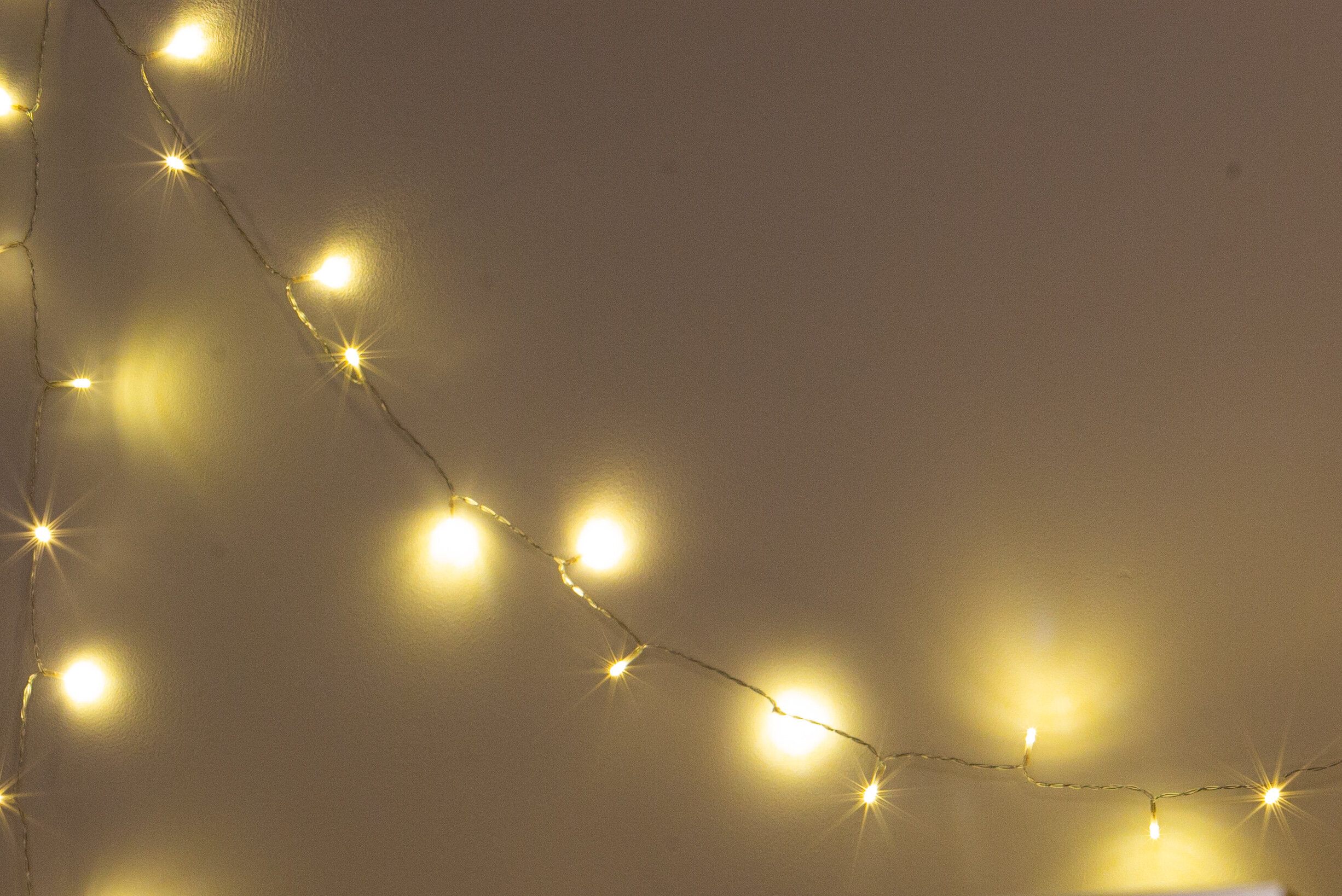


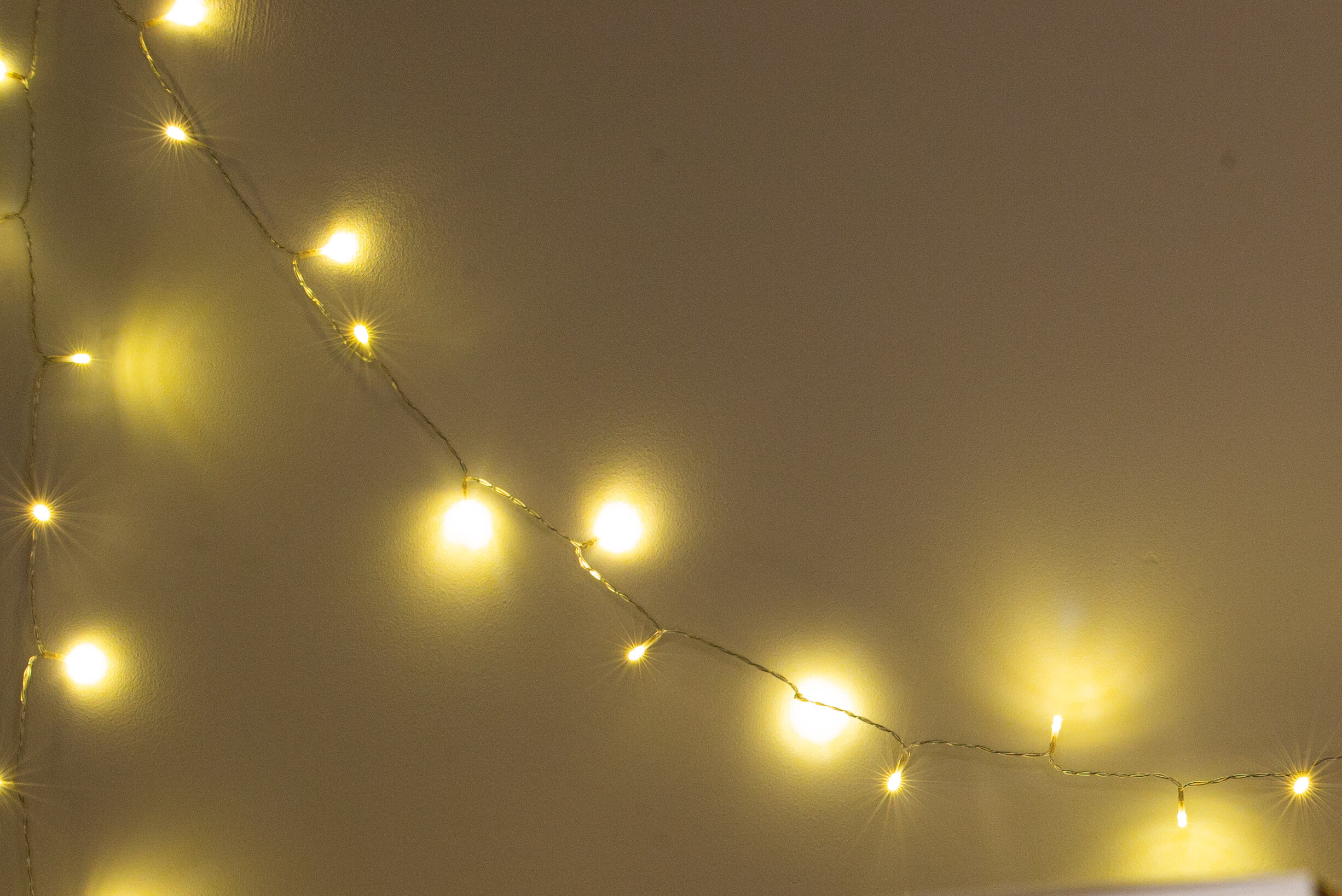






All lenses except two have an even number of aperture blades, meaning that they will produce sunstars with a number of points equal to the number of aperture blades. The Summilux 1.4 and the 7Artisans 1.1 have an uneven number of aperture blades, 9 and 13 respectively, giving 18 pointed sunstars on the Leica and 26 pointed sunstars on the Chinese lens! I wonder if there is such thing as too much in this case: all the even-bladed lenses have beautiful and well defined sunstars, with the TTArtisan 1.4 being ever so slightly less defined but still quite good. The Summilux 1.4 has very rich but still beautiful sunstars. The 7Artisans seems to be lacking a bit of definition and possibly the points are too many, but I would have to see it in a night landscape shot to be sure.
Full comparison grid below, click here for larger.
Summary for the coma, astigmatism and sunstars test
There are two lenses that stand out above all others in my opinion: the Nokton 1.2 and the Summilux 1.4. They have exceptional performance straight away from wide open and they just improve from there. The Nokton 1.5 II follows closely, and just a bit less stellar but still really good is the TTArtisan1.4. The Nokton 1.5, Summicron F2 and Planar F2 have similar performance wide open but let’s keep in mind the one stop difference for the Voigtlander: the F2 lenses are equal to the Nokton 1.5 at F2.8, needing only one stop to get that good. The Nokton 1.1 is a bit wild wide open and at F1.4, but then it really picks up its game and at F2.8 looks great. Then we have the two Sonnar designs, the Zeiss and the 7Artisans. The Sonnar 1.5 is quite wild as well wide open, the 7Artisans 1.1 is a bit less extreme, but then they clean up fast and progressively eliminate most aberrations to look pretty good at F2.8 already.
Sunstars rendition is all in favour of the lenses with straight aperture blades design, with sunstar points appearing as soon as the aperture gets stopped down even half stop. The curved aperture blades designs, except the Summicron F2, really struggle to produce decent sunstars until F5.6.
Some of you will wonder about the point of delving into such detailed analysis of optical aberrations in the corner of the frame: you have to know how the lenses are rendering in the corners and edges and that you can trust your lens to give a good image across the frame. Although extreme, this is a very good example to show why knowing your lens and its rendering well can help to avoid certain apertures in certain situations, or to choose the best compromise:
Nokton 1.1 wide open
This example shows why you might choose not to shoot wide open like this with foliage in the plane of focus in the edges or corners with a lens like the Nokton 1.1 or the Sonnar 1.5: look at the upper right corner and the artefacts created by the comatic and astigmatic aberrations in the point highlights through the foliage! That is distracting and surreal, not necessarily a good thing and a look I would gladly avoid. As a side note, I would like to draw your attention to the Nokton 1.1 flare handling: sun in the frame and wide open, the shot is straight out of camera. It has retained good contrast and shows just some ghosting opposite to the sun position, even though the shot is overexposed because the shutter couldn’t go any faster.
Vignetting and colour signature
There will be no need to skip to the summary because this section is very short. All the test shots were colour balanced thoroughly to the same colour temperature with a controlled colour temperature lighting. This will allow us to see, together with the amount of vignetting, what kind of colour rendering each lens has.
Here is the comparison grid:
Vignetting is unavoidable especially wide open, but it can be vastly different between lenses. Colour rendering is a combination of chosen glass types and coatings on each lens, and there is quite some variability even with lenses from the same manufacturer. No lens is completely colour neutral.
The Nokton 1.1 has a heavy amount of vignetting that is reduced dramatically at F2 but only disappears at F5.6. Its coulour rendering seems to be towards green tones but isn’t disturbing at all. The 7Artisans 1.1 has a strong colour cast towards pink and slightly yellow and a very, very strong and fairly abrupt vignetting that does not fully disappear, even at F8. The real issue is the magenta colour shifting at the sides of the frame, which will be visible in some images and very hard to correct unless using a specific program/plugin like Flat Field Correction or Cornerfix. I think this is due to the architecture of the lens, that has a protruding rear lens element that is very close to the sensor, thus making the peripheral light rays very oblique to the sensels and microlenses. The Nokton 1.2 also has quite a dramatic amount of vignetting, although not as bad as the Chinese lens, and it never fully disappears. By F4 the vignetting is almost irrelevant, but it’s a worse performance than its 1.1 sibling. I think this is a trade-off for the very small size given the quality and speed of the optic. The colour rendering looks a little yellow/green. The Summilux 1.4, TTArtisan 1.4, Nokton 1.5, Sonnar 1.5, Summicron F2 and Planar F2 show similar amounts of vignetting wide open for all practical purposes. The differences are seen closing down. The Summilux 1.4 is vignetting free at F4. Its colour rendering is noticeably yellow/pinkish, where the TTArtisan 1.4 seems a lot more neutral with just a hint of purplish colour. The Chinese lens never manages to fully eliminate vignetting and this is surprising given its size and bigger filter diameter, but by F2.8 it isn’t disturbing in real world use. The Nokton 1.5 shows exactly the same performance as the Summilux 1.4 for vignetting, eliminating it by F4. Its colour rendering has a green hue. The Sonnar 1.5 never eliminates vignetting but it becomes irrelevant by F2.8. Its colour rendering matches almost exactly the Nokton 1.2, with a slight yellow/green tint. The Summicron F2 has a slightly stronger yellow/green colour rendering, and almost eliminates its mild vignetting by F5.6, while its Zeiss counterpart, the Planar F2, eliminates its equally mild vignetting by F4 and has a lighter but similar colour rendering, although possibly with a faint amount of magenta. I saved the Nokton 1.5 II for last because it merits a specific mention: its vignetting is spectacular. It can be obnoxious wide open and it never goes away. It is at a similar level to the 7Artisans 1.1 although more gradual, while the Chinese lens is more abrupt in the transition. It becomes possibly irrelevant by F5.6. This is most likely due to the tiny size of the lens, but also to the choice of a 43mm filter thread against the 46mm of the Sonnar 1.5, which shares almost exactly the same dimensions and the same speed. The colour rendering of the Nokton 1.5 II seems to be exactly the same green hue as the Nokton 1.5, but in some test shots (look at the infinity test shots, especially visible in the comparison grid for centre crops) it seems to be quite a bit more green. Curious.
Flare handling
Click here for the summary.
This section will be different. The lenses are shot only at wide open aperture for a simple reason: they all improve somewhat when stopping down, but not dramatically. All the sample images here are WORST CASE SCENARIOS. This is the worst the lenses can do, and seeing this kind of flare is rare, you have to look for it. Or you have to shoot into the sun: some people will say that if you shoot into the sun you are asking for it, and that is partially true. But again, these are the worst scenarios: moving the camera fractionally can at times change completely (and for the better) the flare behaviour. Shooting in partially masked sun/strong points of lights will, most of the time, dramatically reduce the amounts of flare.
The choice of shooting only wide open is also for simplicity and brevity. The different kinds of flare that can be found are really varied and numerous. If I had to find each kind for each lens at every aperture this section would probably be endless. Also, the range of flare behaviours shown for each lens is far from exhaustive: I know that in the field different kinds of flare/ghosting in different conditions to what you see here will be found. It is impossible to find and show all of them. So take as it is, and notice how there are a few outstanding performers also in these extreme conditions.
Another difference from the previous tests is that I will cluster the flare shots individually for each lens because it was difficult to find a standard set. I will put a summary grid with all the images together at the end of the section.
The setup is simple: a LED torch on top of a bookshelf, around a meter away, lens focused near MFD. The first shots are always looking directly into the light, then with the light hitting the lens obliquely, last at almost 90 degrees to the lens.
Nokton 1.1
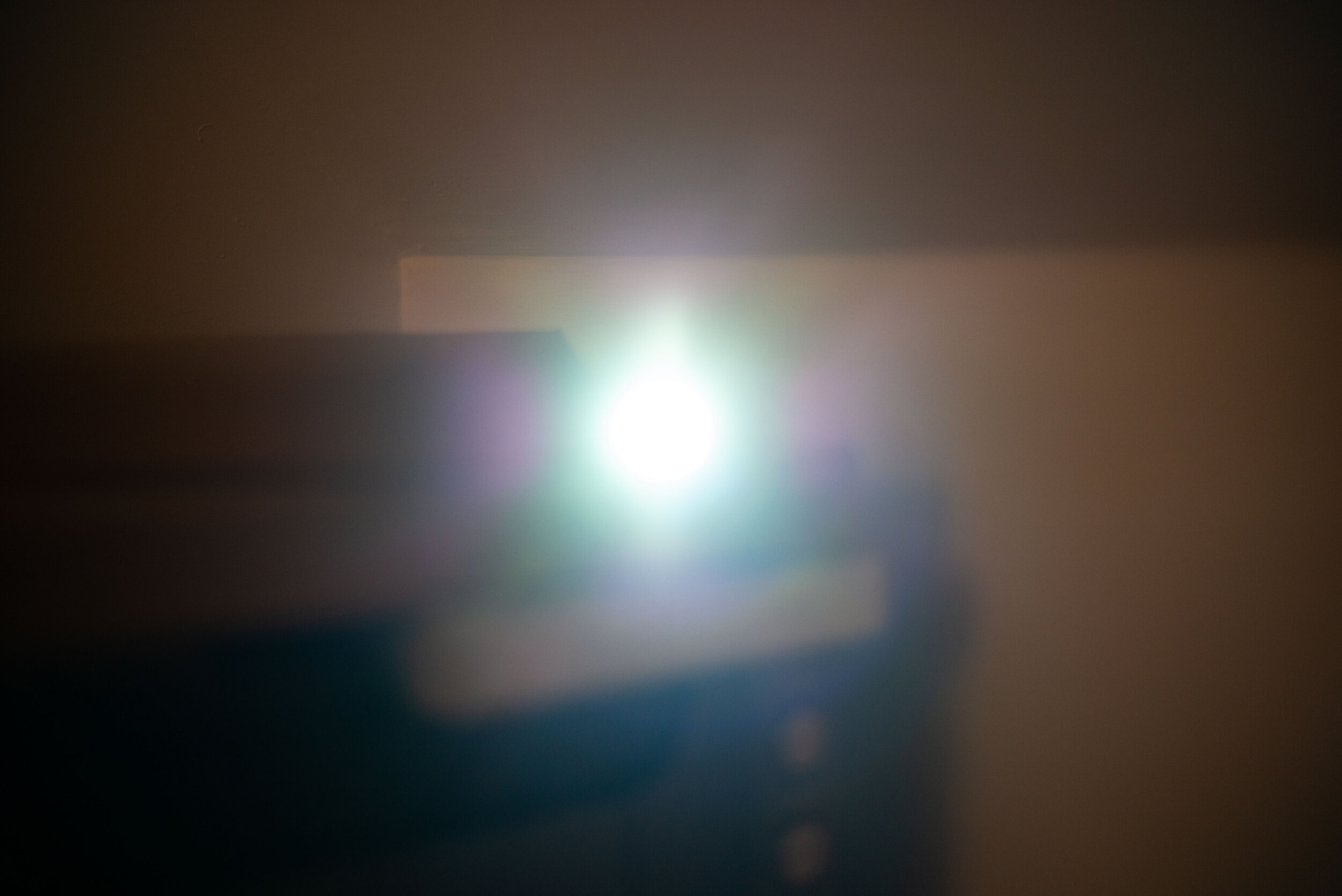
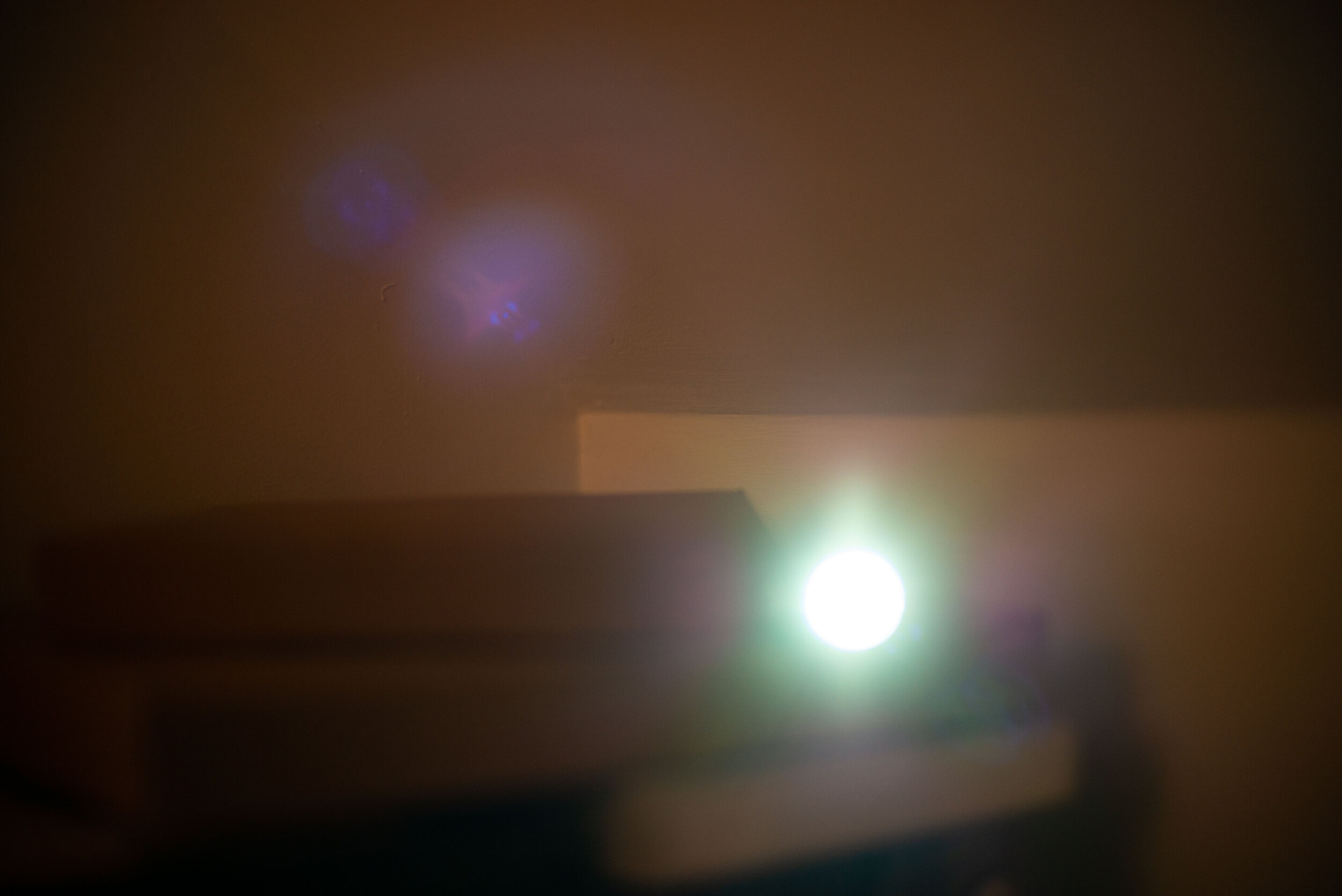
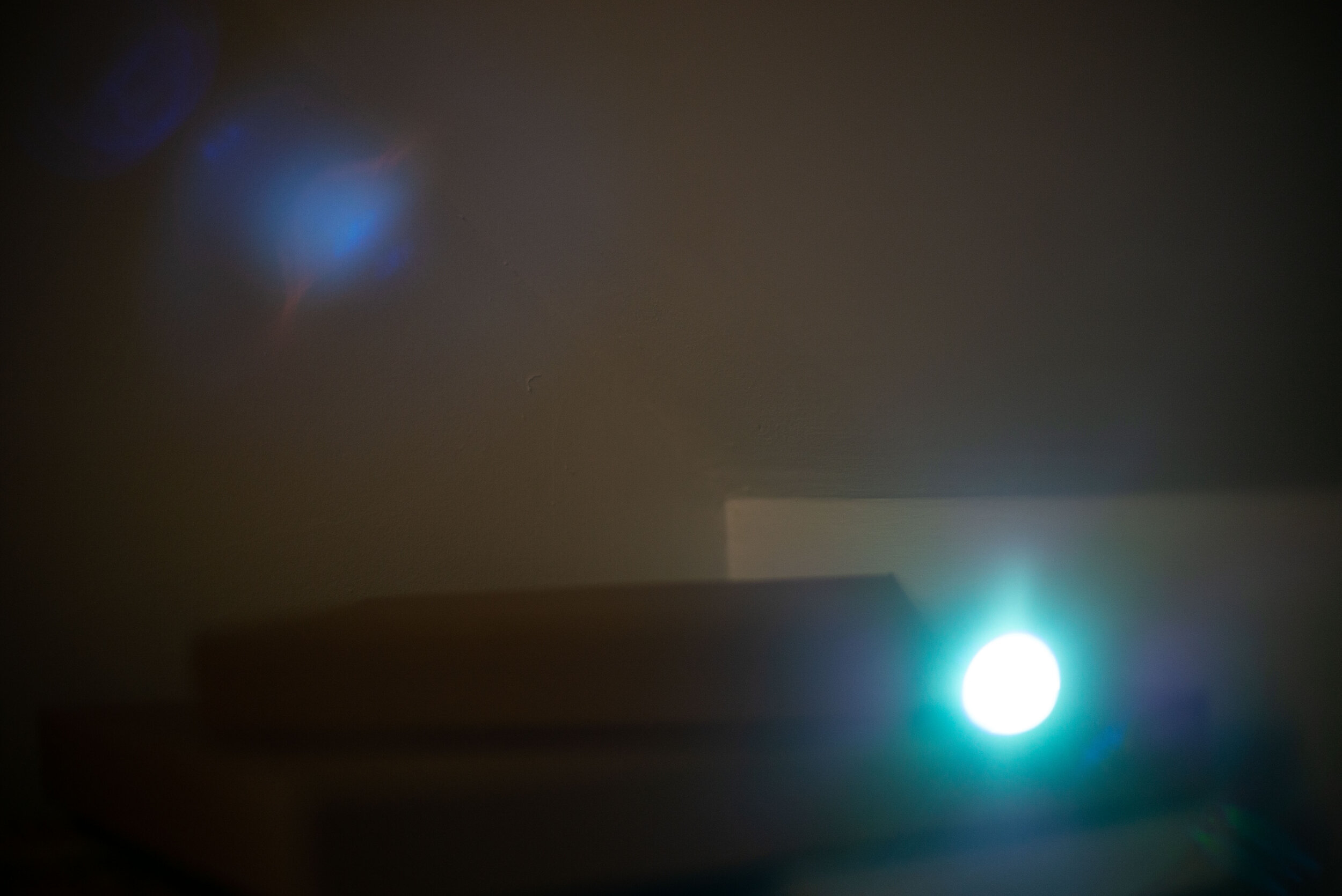
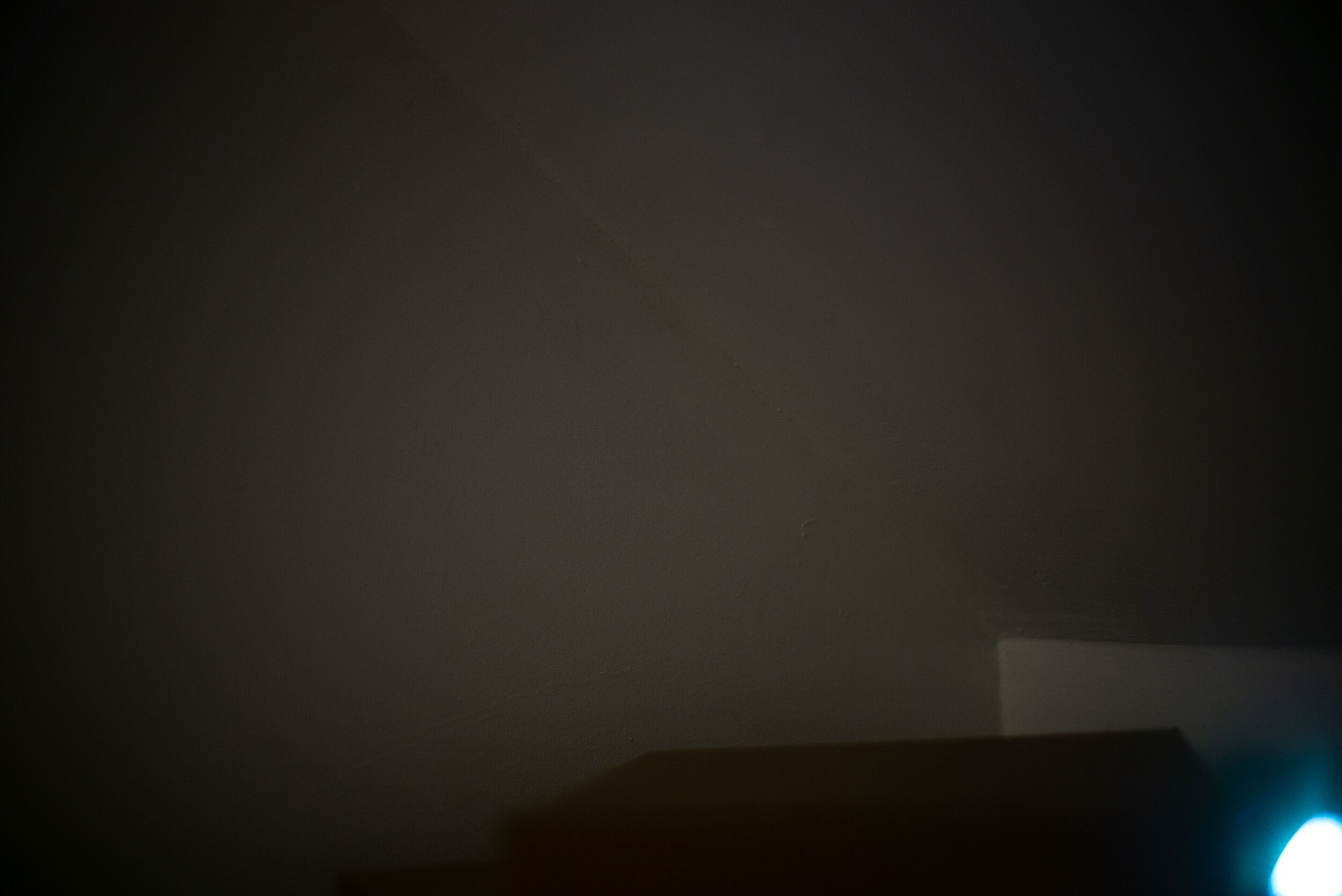
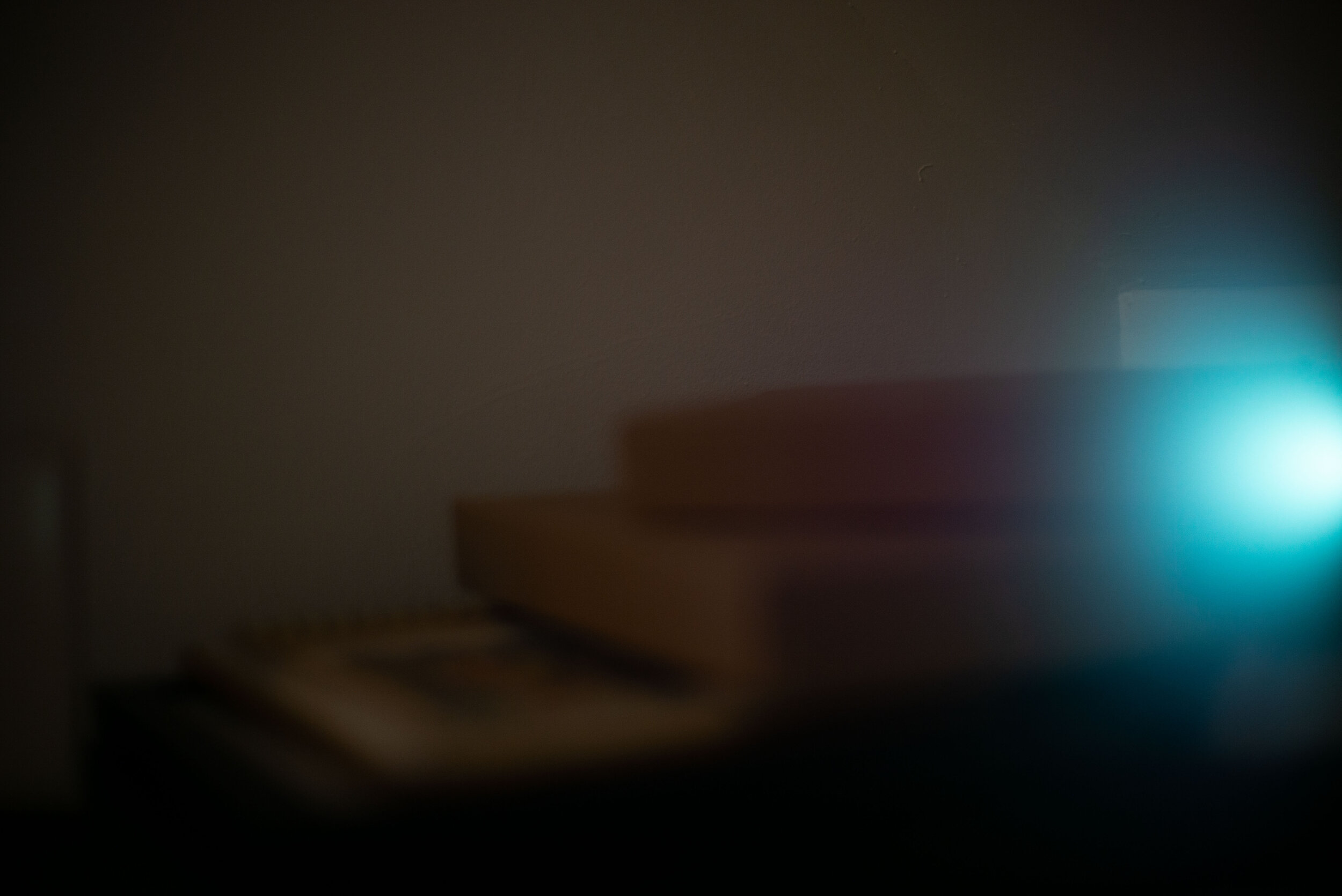
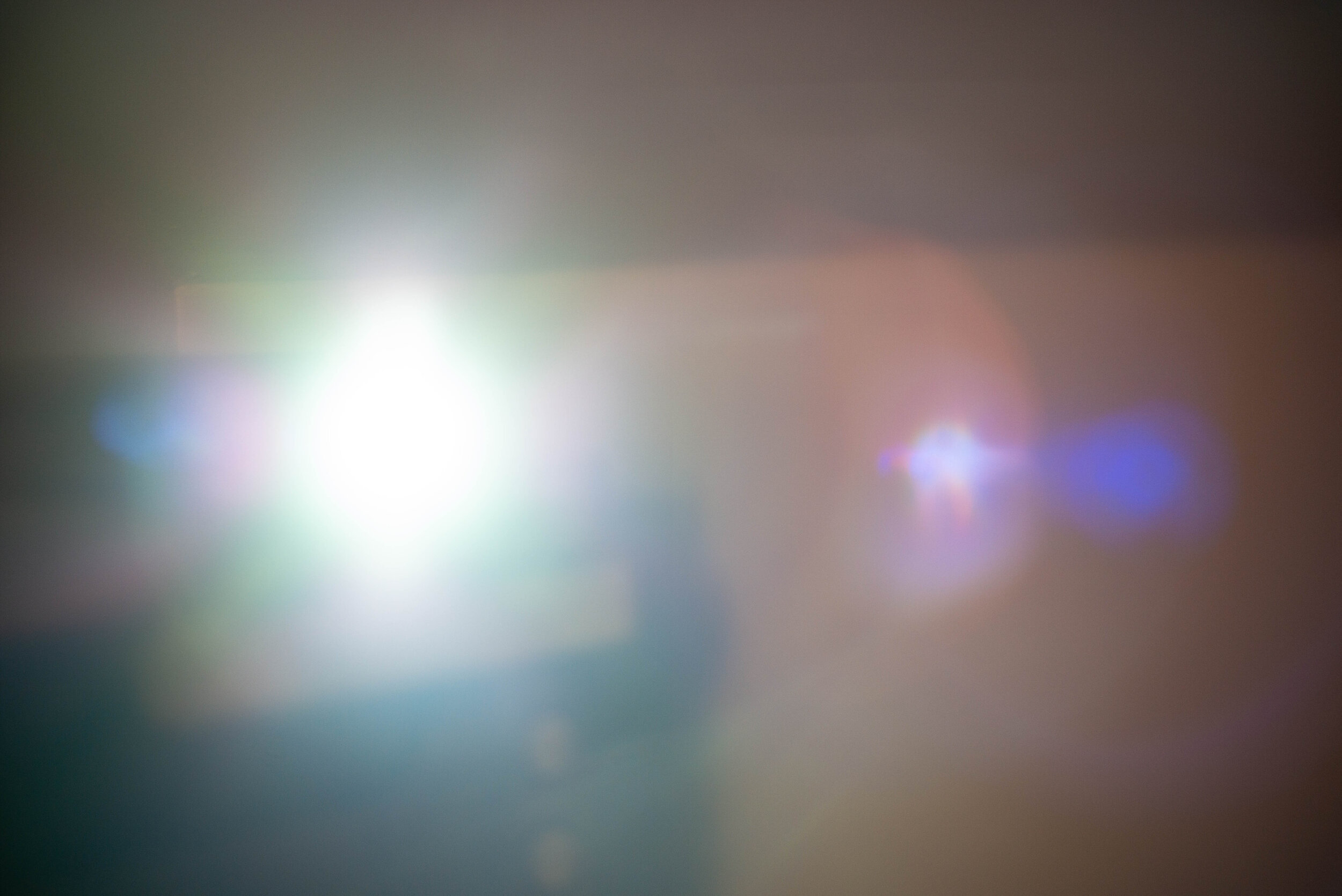

A surprisingly good performance here for such a fast lens. Worst case is the oblique angle with the light source in the frame. I’m impressed. Some ghosting with the light source off centre but still in frame.
7Artisans 1.1
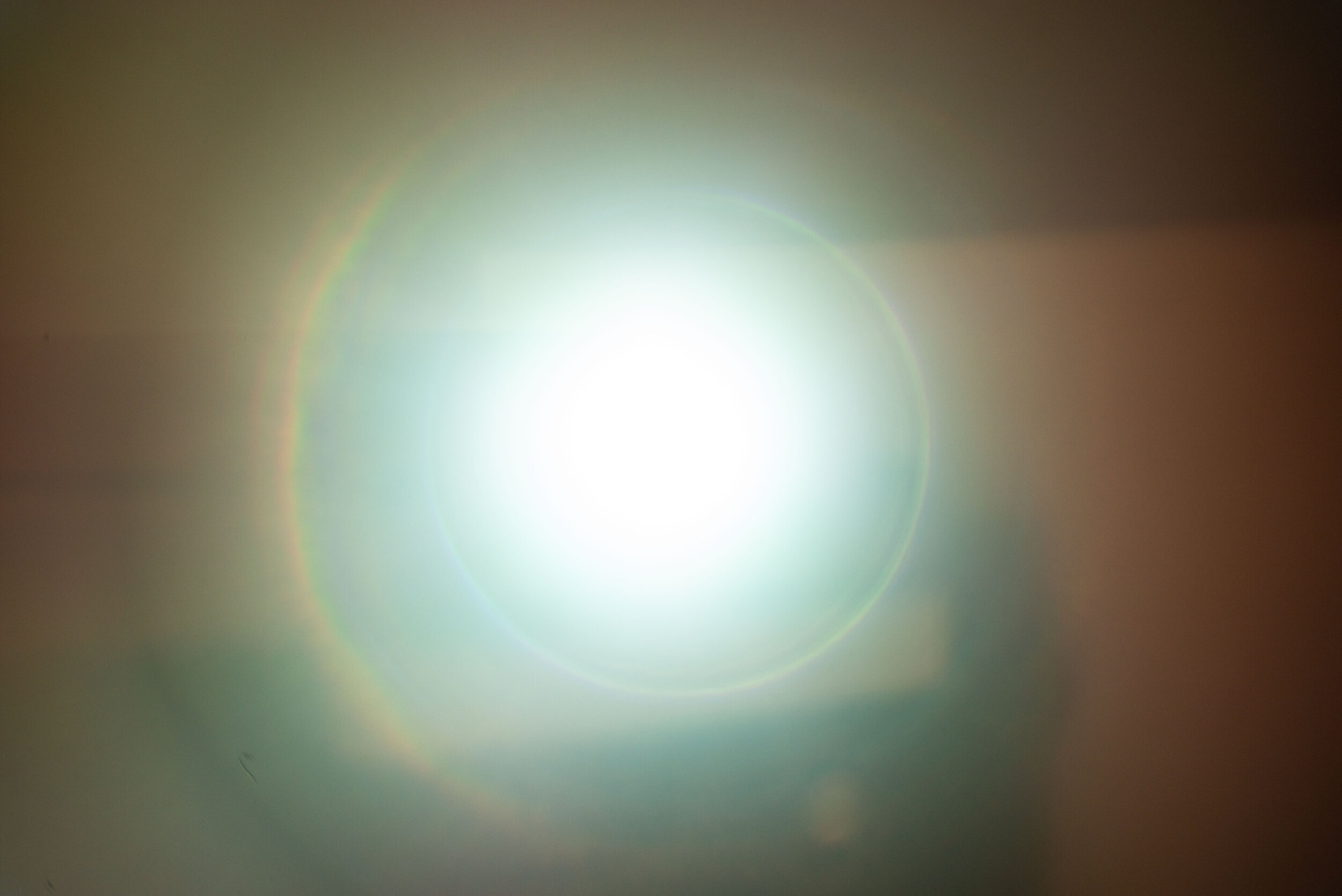






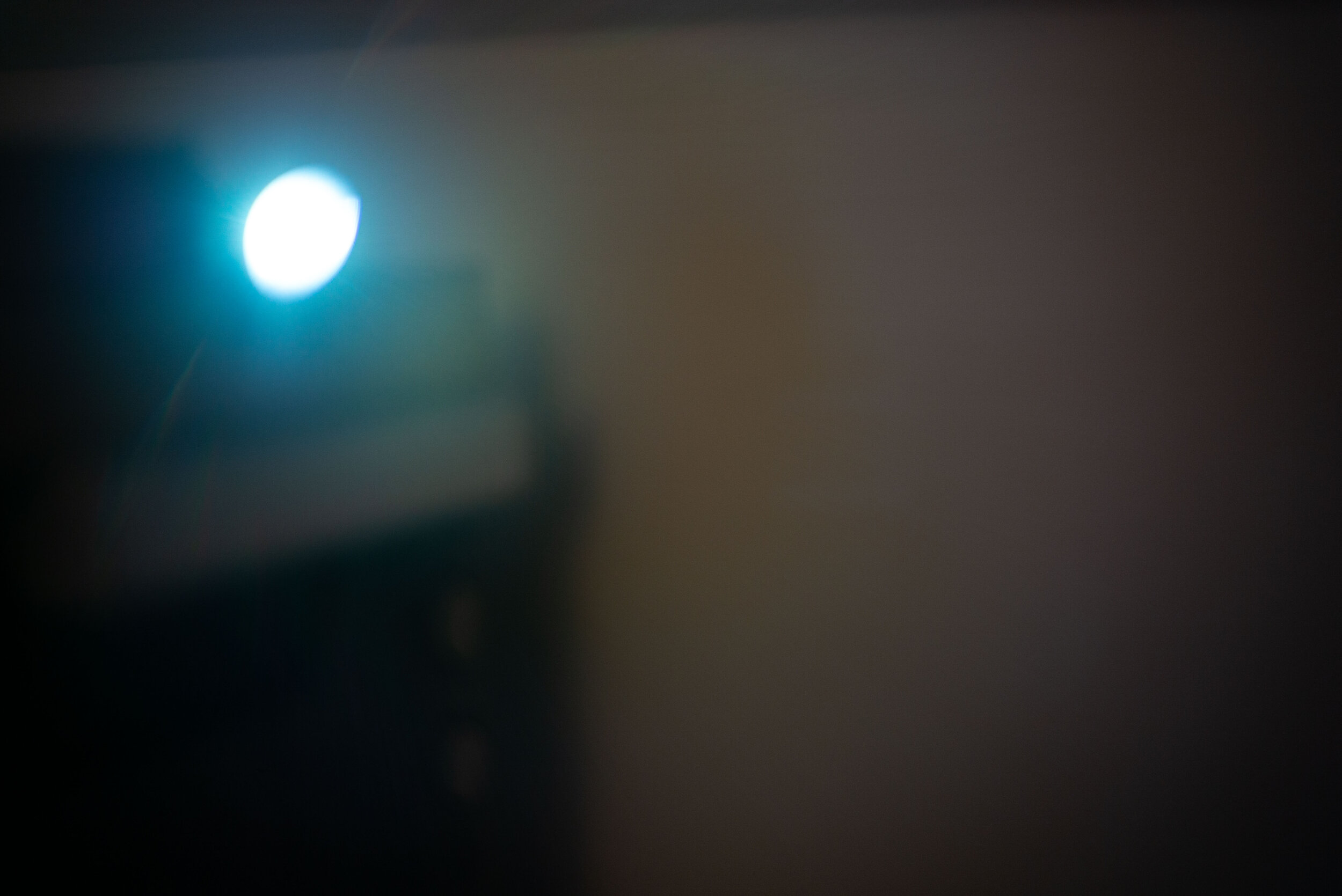
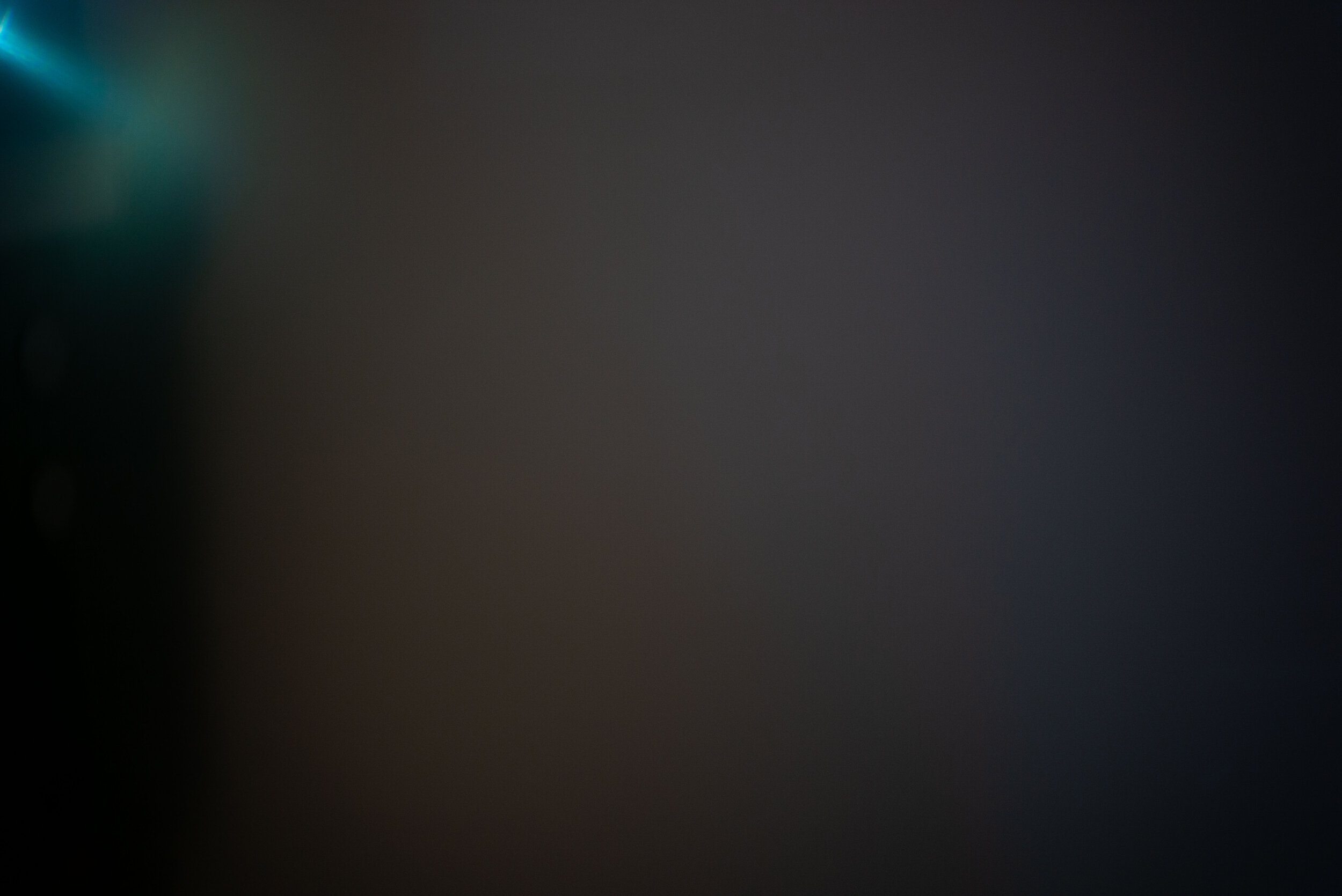

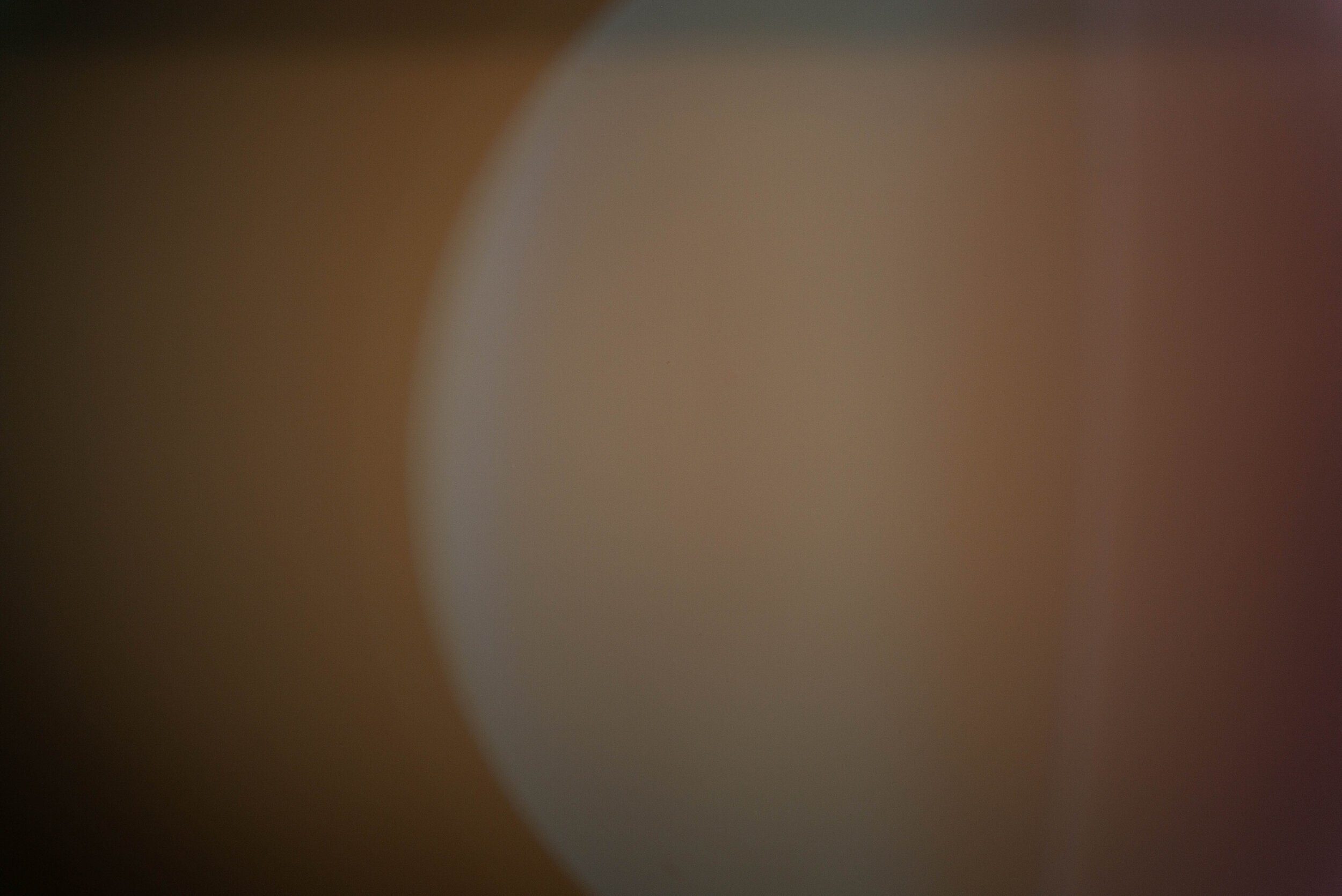
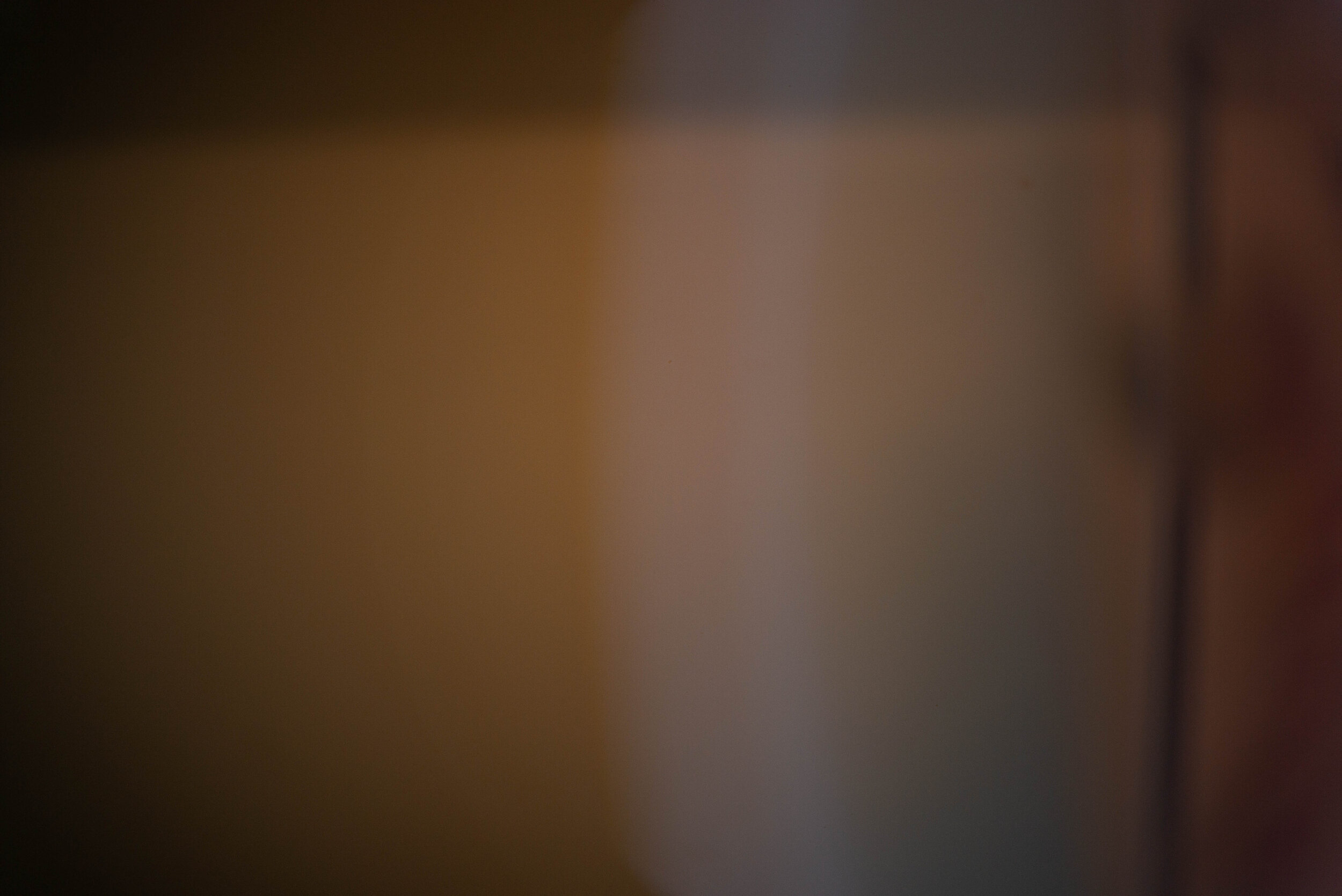
Overpowering flare here with the Chinese lens, some of these images would be total wipeouts in the real world. I would stay away from the sun with the 7Artisans 1.1.
Nokton 1.2






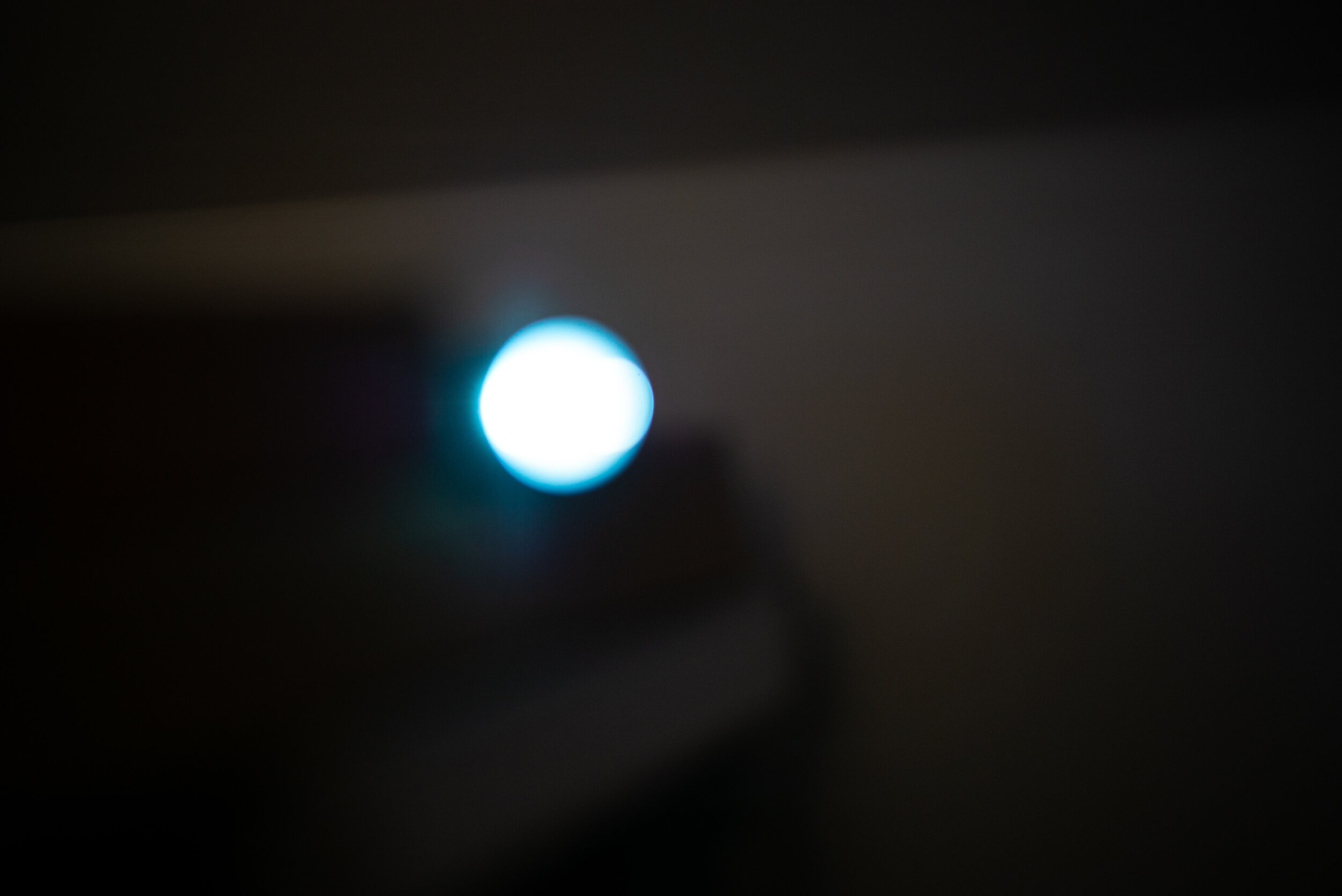



This is an outstanding performance! The Nokton 1.2 hardly cares about strong light in the frame in most positions. I had a really hard time making this lens flare, I succeeded only with the source of light at an oblique angle just outside of frame.
Summilux 1.4











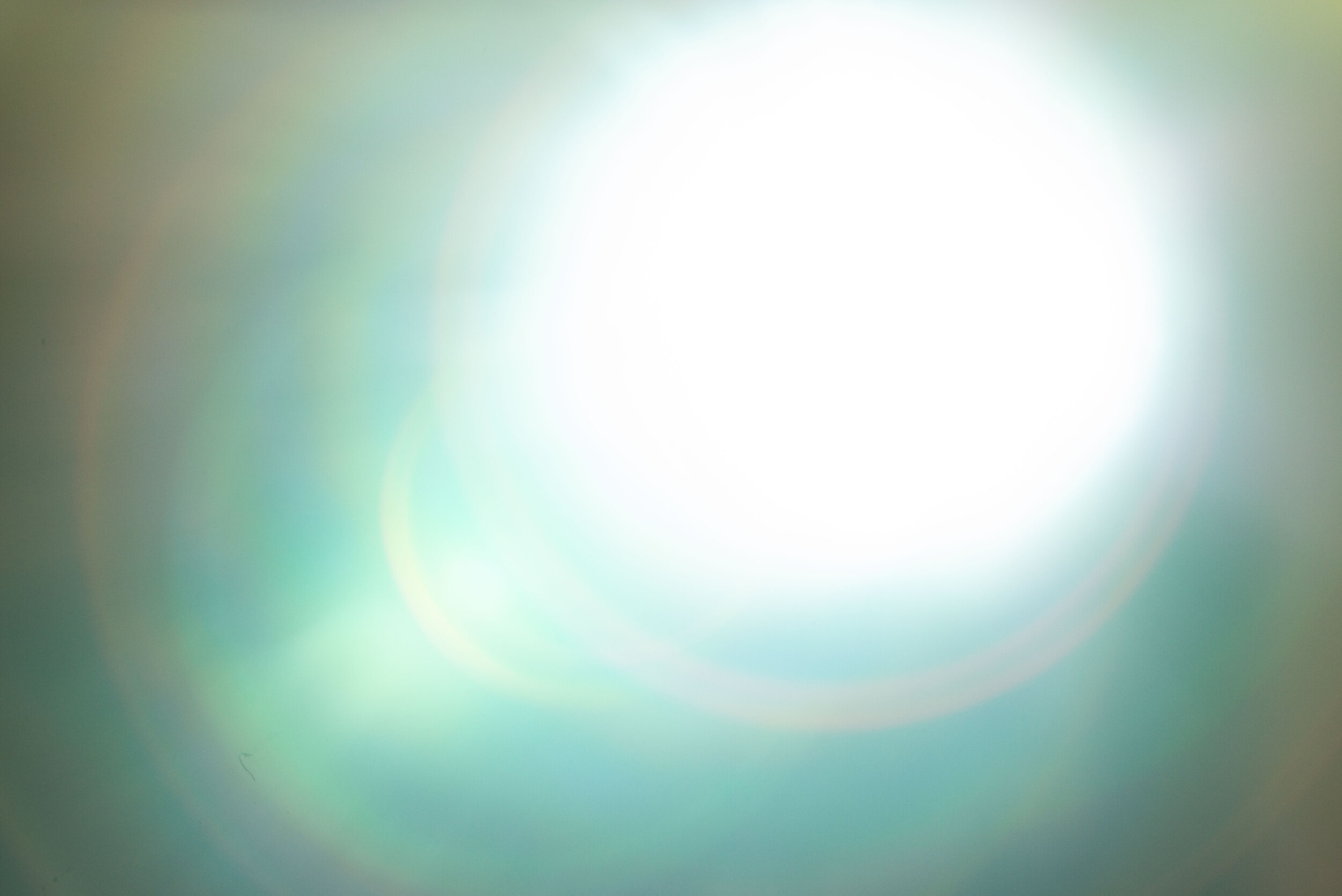
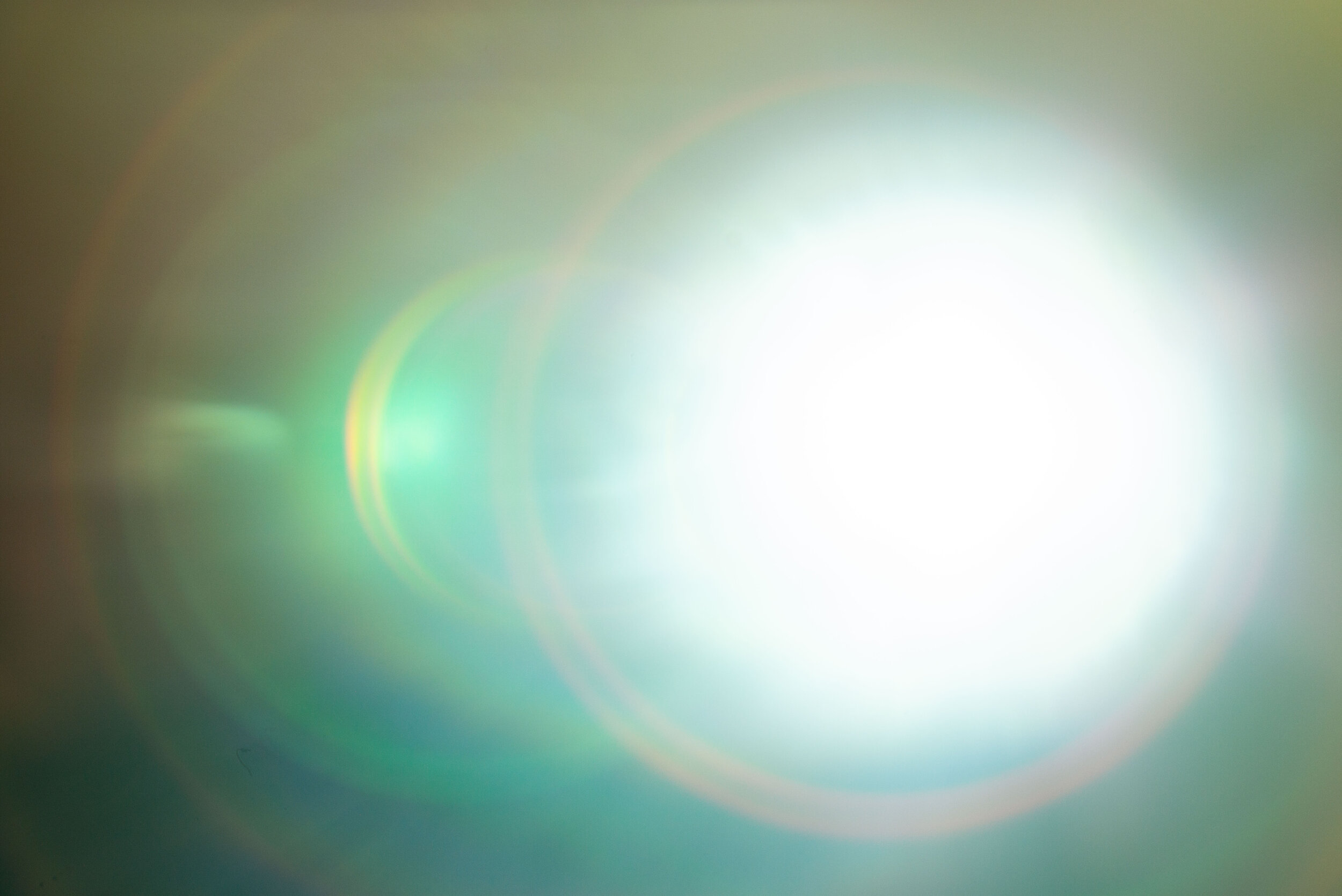

Something is off here with the Summilux 1.4: it can be seen especially in the second shot, where it seems like there is water on the glass. I checked the lens inside and throughout and it’s absolutely clean from what I can see, the glass is fine. On top of that, it has just been CLA’d (Clean, Lubricate and Adjust) by a renown professional Leica specialist. I have no idea what is causing this. Having said that even if a glass surface were not clean it would give hazing, not the amount of flare we are seeing here. This lens flares like a champ, even taking some worsening in performance from any glass issue into account: it performs flawlessly in every other test. I was not expecting such a bad performance, especially given the fact that the Summilux 1.4 has a good reputation for flare resistance in the Leica community. I will try to re-test it if I have a chance with a different copy or this same copy after having sent it back to the specialist if necessary.
TTArtisan 1.4








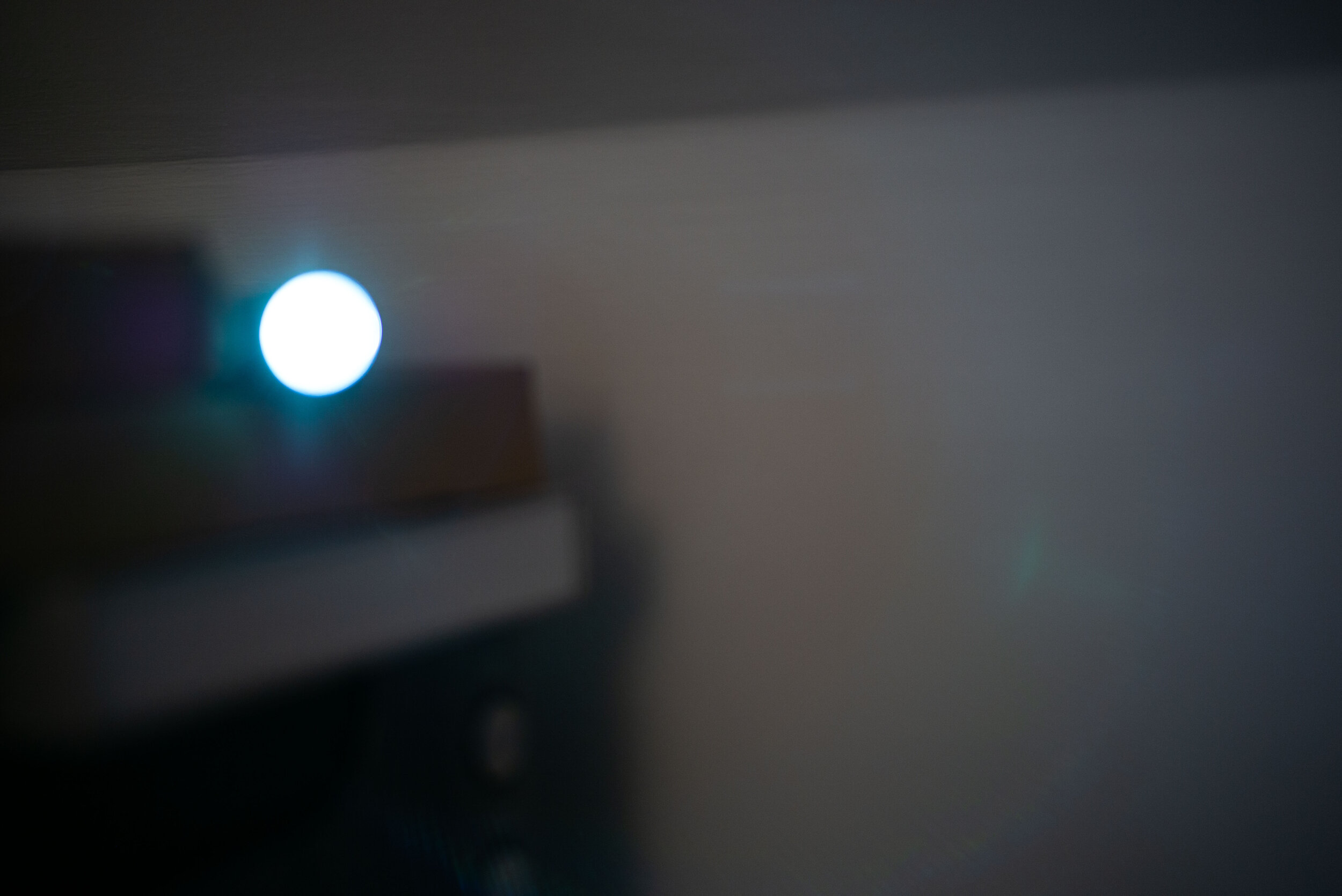




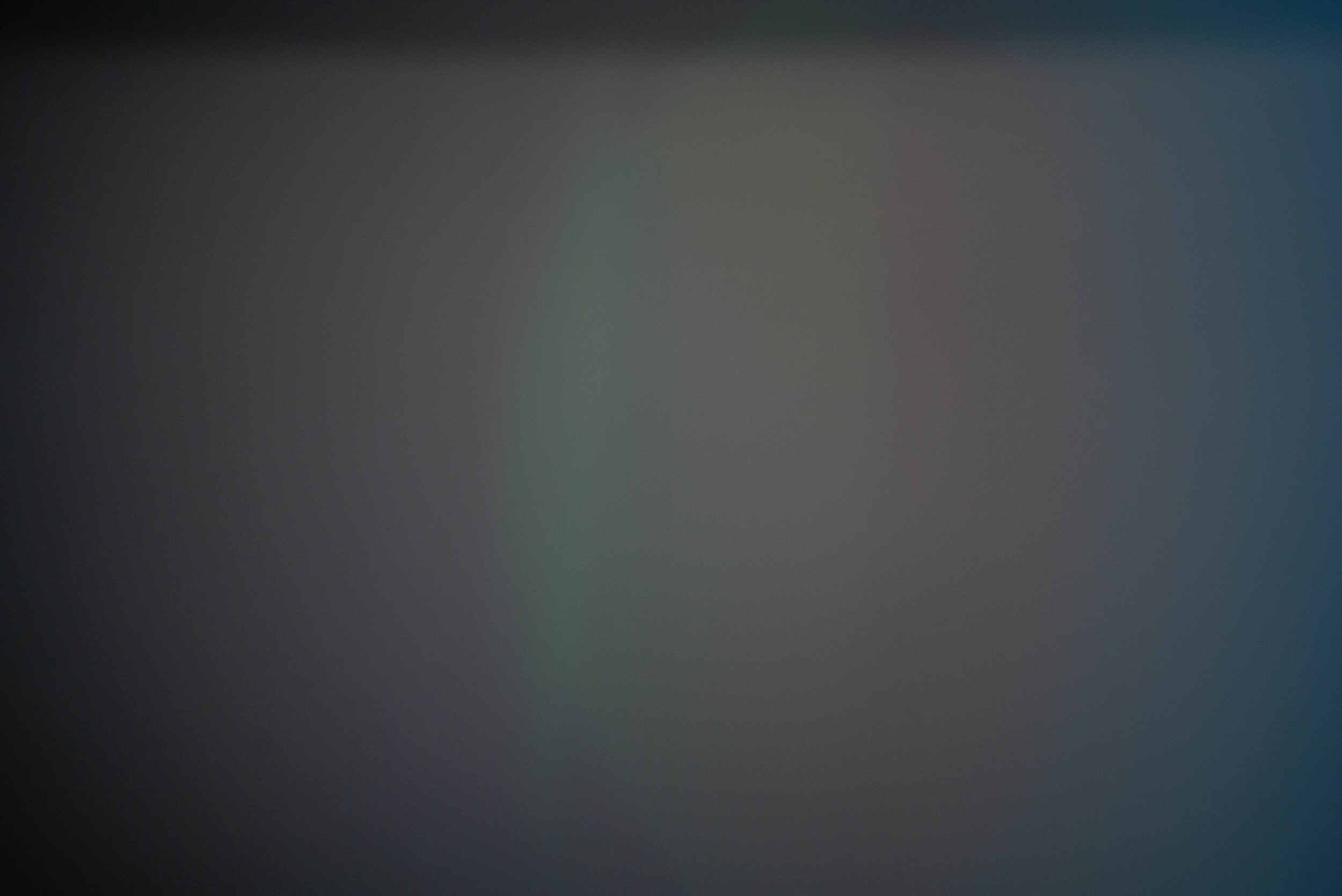
In my review of the TTArtisan 1.4 I found the flare performance to be one of the shortcomings of the lens, and this series shows it. Also, the variability of flare character is incredible with just tiny movements. Lastly, this lens shows a peculiar discontinuous flare circle which I think is a problem arising from the shiny aperture mechanism rail. You can see that in the review mentioned above.
Nokton 1.5









The performance of the Nokton 1.5 is eminently better than it far pricier competitor, the Summilux 1.4. It certainly shows a good amount of flare but I would say it has a performance that can be called pretty good. Notice in the 7th image the reflection from the viewfinder window in the wall: that’s not the lens!
Nokton 1.5 II










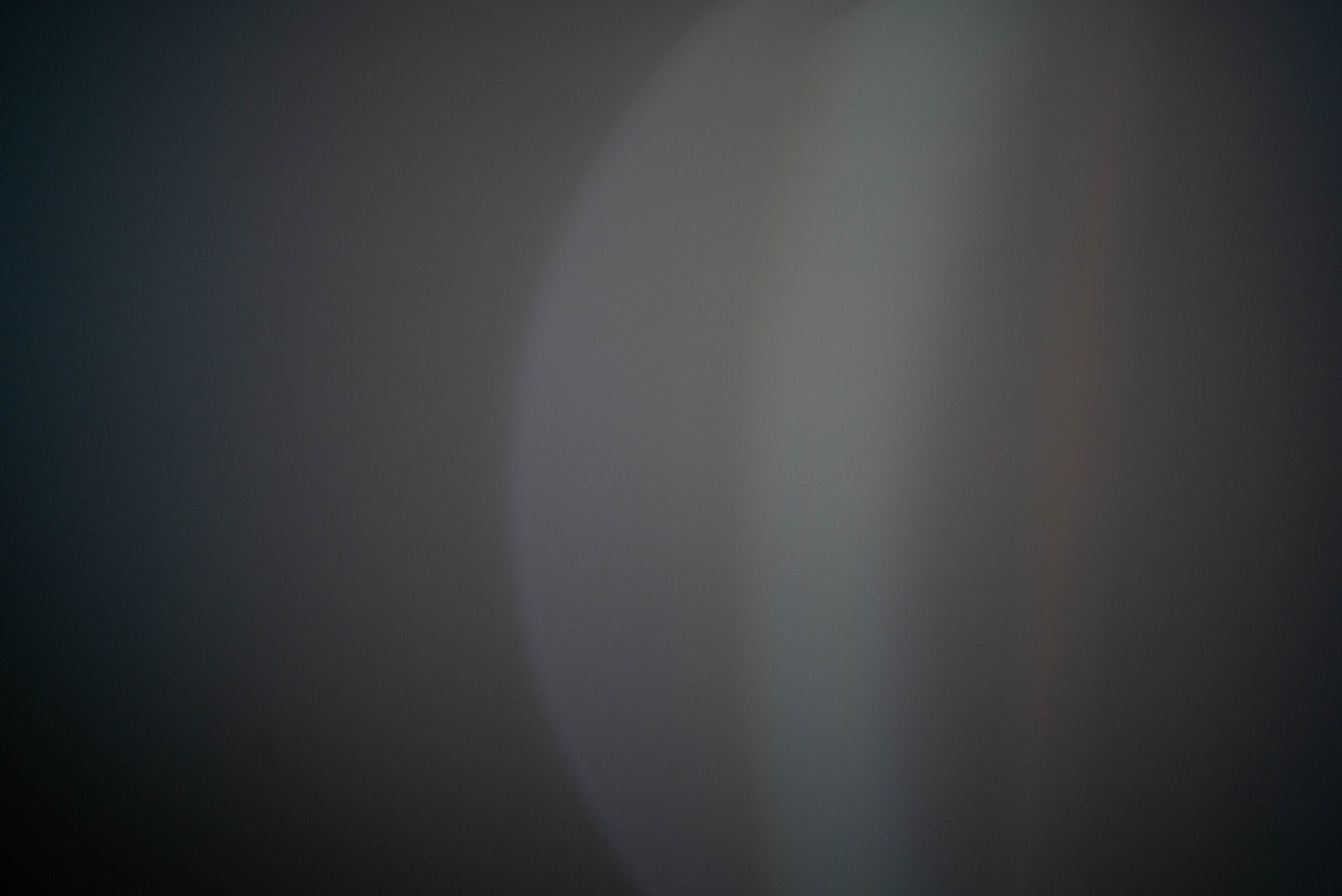
The Nokton 1.5 II is showing an outstanding performance with its only weak point shown with the light source just outside of the frame. I added a shot at the end that has the filter mounted on the lens to show how it eliminates the rare rainbow coloured flare caused by the chromed brass filter ring common to many Voigtlander lenses and all Zeiss ZM lenses. Overall this is a really good performance, similar to the faster sibling the Nokton 1.2.
Sonnar 1.5











I was surprised by the pretty good performance of this over 80 years old design: it must be a testament to the goodness of such design but especially to the quality of the Zeiss T* lens coatings. I would say this lens is performing almost as well as the over 80 years younger Nokton 1.5 II.
Summicron F2










In the Leica fandom the Summicron F2 in renown for being quite prone to flaring. I would agree, although this performance is not disastrous. There is a beautiful (to my eyes) blob appearing opposite to the light source. The Summicron F2 has been designed optically in 1979, and the lens coatings have been refreshed in 1994 with the new lens barrel design. I would say this guy aged well overall, and with the light source hitting the lens obliquely the flare subdues quite a lot unless you place the light source just outside the frame edge or corner. Considering its reputation, I would judge this performance fairly good after all.
Planar F2








The Planar F2 is showing a strong performance as soon as you get off the central area of the frame with the light source pointing straight at the lens. This lens is the main competitor to the Summicron F2 and is known to have a better flare performance than the Leica: it seems that this reputation is deserved.
Here is the full comparison grid. Click here for larger.
The grid is divided in sections according to the angle or position of the light source in relation to the lens. The less samples in the section, the less I was able to produce meaningful flare with that lens. Less is good here.
Summary for flare handling
Looking at the comparison grid we can get a very good idea of how each lens handles flare. No lens can be immune to it but some handle it much better than others. Again, all lenses have been shot wide open and these samples are the WORST CASE SCENARIOS, this is the worst I could get from each lens! I did try each lens at different angles and positions and I had to work a bit to get such dramatic flares with most of them.
One lens that stands out with exceptional performance is the Nokton 1.2. Amazing. It only showed moderate veiling flare and some blooming with the light source directly in the middle and straight on, mild flare off edge and at right angle. The Nokton 1.5 II shows an astounding performance with the light source pointing straight into the lens or at an oblique angle, but it can bloom quite dramatically with the light just off the frame. I did include the shot with the filter at the end for the light at a right angle to show how that eliminates the rainbow coloured ring flare caused by the chromed brass filter ring, a niggle common to all Voigtlander VM and Zeiss ZM lenses sporting the chromed brass filter ring. This is the only instance in which I could find this artefact with all the lenses that have this filter ring in this comparison: it’s not easy to get, it is again a worst case scenario. A real surprise is the Nokton 1.1, which gave me dramatic flare just once with the oblique angle but handled that light incredibly well otherwise, with just some ghosting. These three are in my opinion some of the best performers, and surprisingly they are all from Voigtlander: so much for the legendary T* Zeiss coatings! Joking apart, the T* coating and the Zeiss designs are great performers as well, with the Planar F2 at the same level of the Nokton 1.5 II and Nokton 1.1, just different weak points, and the Sonnar 1.5 very close behind notwithstanding the venerable age of its optical cell design. Almost at the same level of the Zeiss C Sonnar 1.5 we have the Summicron F2, which in my opinion belies its bad reputation for flare: yes, the Planar F2 is a bit better, but the 42 years old Leica design still rocks. The Nokton 1.5 is pretty good as well, but a bit less exceptional than others here. It behaves better with the light source off frame. The worst performers are the Chinese lenses and, unexpectedly, the most expensive of the lenses in this comparison, the Summilux 1.4. The TTArtisan 1.4 is not a performer in the flare department overall, doing way better with the light source off frame, but it can fail spectacularly with direct light hitting inside the lens, directly or obliquely. It gets especially outlandish wide open, when the aperture mechanism rail comes to play, with that discontinuous multicoloured ring. Luckily, you can just close the diaphragm half a stop for that to disappear. The 7Artisans 1.1 likes direct light even less, but as with every other lens it really is a matter of a few degrees of movement to reduce or create that destructive flare.
A specific summary for the Summilux 1.4: it enjoys a good reputation in the flare department, but it is the worst performer here. I suspect there is something in this sample that is not right: the artefact in the Straight On light source samples looks like something produced by water on the glass, but the lens elements are clean and spotless. I will have this lens checked again by the technician. I don’t think we can draw any meaningful conclusions from this test for the Summilux 1.4. I hope I will be able to shed light on the issue.
Chromatic aberrations
We will be looking mostly at longitudinal (LoCA) and lateral (LaCA) chromatic aberrations. No lens, apochromatic or not, can be free of them. They can just have more or less. That is because light wavelengths for different colours will not focus on the same plane (LoCA) or the same point (LaCA), due to the refraction properties of glass. Many lenses are designed so that at least two colours coincide on the same plane/point (achromatic design); apochromatic (APO) designs attempt to focus all three main colours (blue, green, red) in the same plane and point as accurately as possible. The colour of the chromatic aberrations will depend on which colour the lens focuses on optimally. We can have LaCA fringes that are, most often, green and magenta or less often blue and yellow. LoCA can appear as a red fringe, purple fringe, or spherochromatism in the out of focus highlights, usually magenta fringing before the plane focus and green fringing behind it. There is one colour, purple, that focuses even closer than the other three: it is a secondary spectrum chromatic aberration and will create purple fringing (PF), which is often thought to be caused by light “spilling” onto neighbouring pixels from blown highlights. That is a different phenomenon and we will call it digital purple fringing (DPF). The secondary spectrum purple colour is the main cause of PF, and we will be seeing quite a bit of it in the following sample images.
Click here for the summary.
This is the setup image: I chose this because the typical tree branches are fairly chaotic and it is easier to explain what or where I am referring to.
We will look at centre crops at different apertures followed by the same for the upper right corner crops. The centre is ideal to look at LoCA and purple fringing, while the corner shows better the LaCA. Remember that closing the aperture down can reduce the LoCA because the increasing depth of field will start masking it, while the LaCA cannot be improved changing the aperture value. Unfortunately, the cloudy sky was often allowing the sun to peek through in different places, so not all images will be exactly the same but they will be comparable enough for our purpose.
We will start with centre crops.
F1.1/1.2
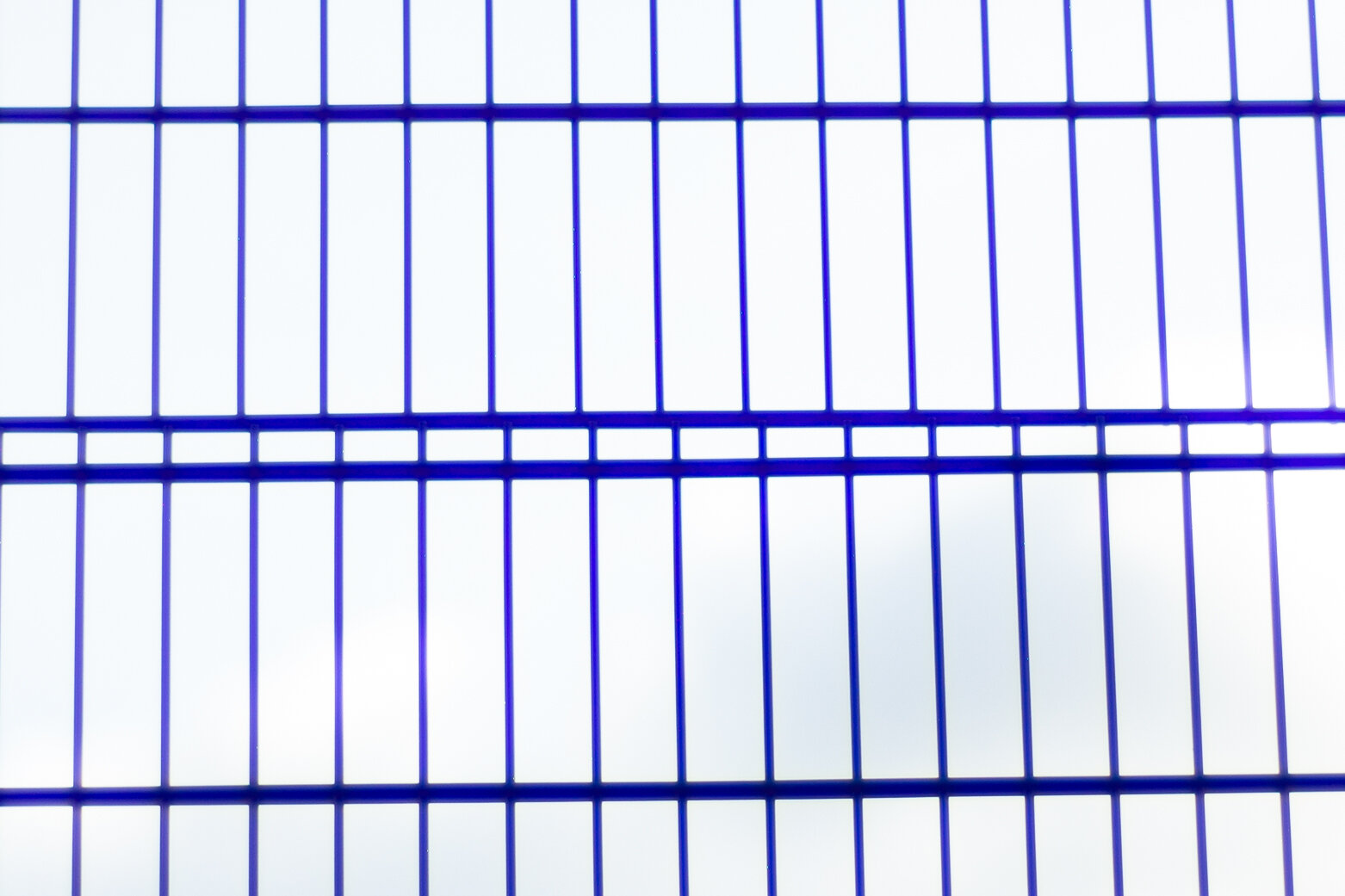


The Nokton 1.1 shows an inordinate amount of PF caused by LoCA in the centre. The fence is totally purple in the high contrast area. The 7Artisans 1.1 shows less PF. In the area where the sun is burning the highlights there is a sliver of DPF but it is irrelevant here given the amount of pixel peeping necessary to spot it. The Nokton 1.2 is performing much, much better with regards to PF, which is just visible in a small area, but shows very clearly what DPF looks like: it’s a different purple, more reddish/pinkish, and only visible where the highlights are blown.
F1.4/1.5
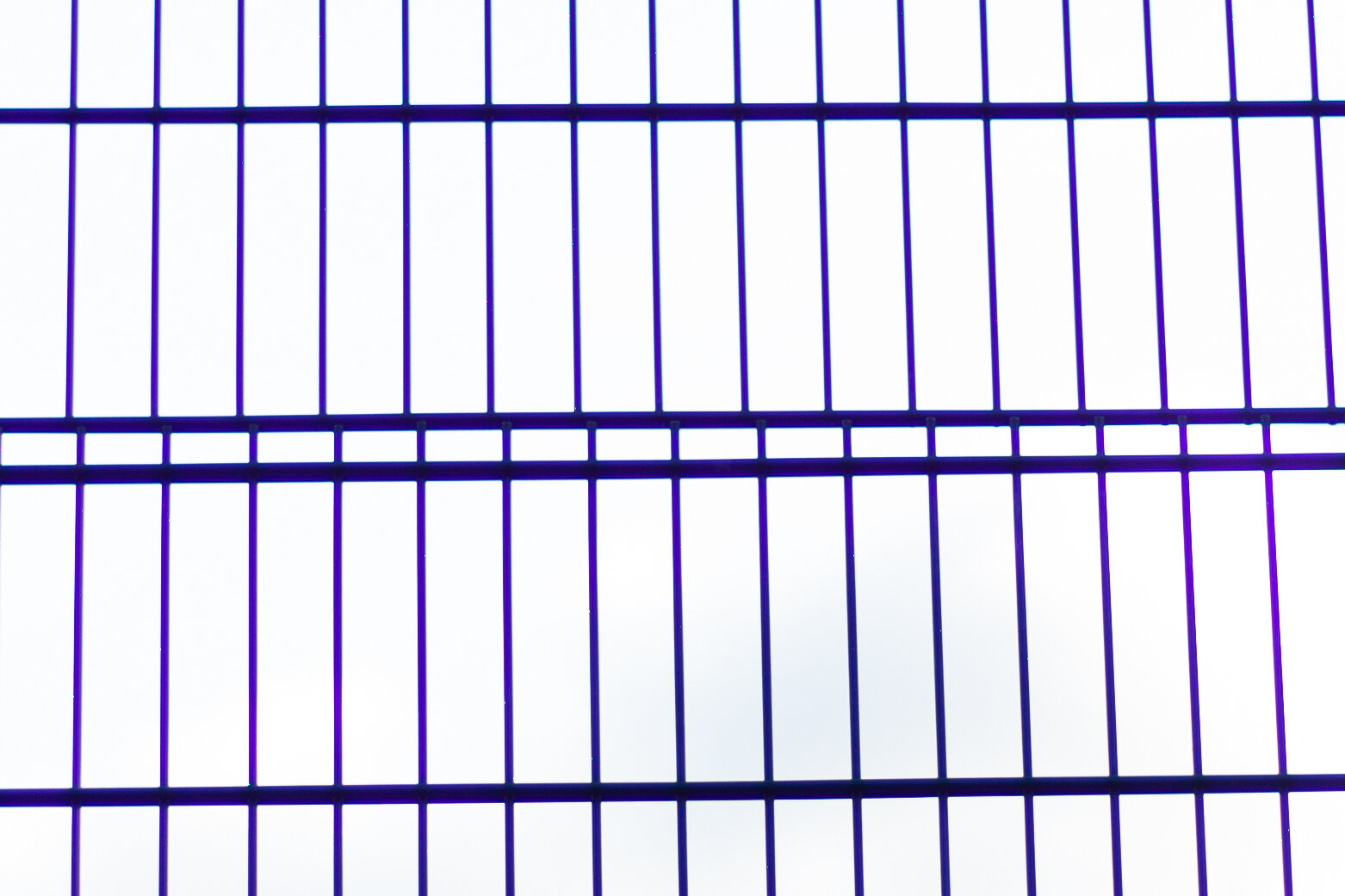







A dramatic improvement for the Nokton 1.1, which is now showing less PF and traces of DPF. The 7Artisans 1.1 has become a different lens with less than a stop down from F1.1 to F1.4: no PF, traces of DPF. Quite a change. The Nokton 1.2 has hardly changed but is still performing better than the Summilux 1.4 in the PF department, although the Leica has less DPF. The TTArtisan 1.4 is showing a great performance, very little PF and some DPF. Definitely better than the unofficial apochromatic, eleven times more expensive Summilux 1.4. Impressive. The Nokton 1.5 does definitely worse than the Chinese lens, with a lot of PF, while the newer Nokton 1.5 II shows a perfect performance for all intents and purposes: almost no PF at all! Wow! A trace of DPF is barely visible. Incredible. The Sonnar 1.5 reminds us of the age of its design instead, with pervasive PF all over.
F2
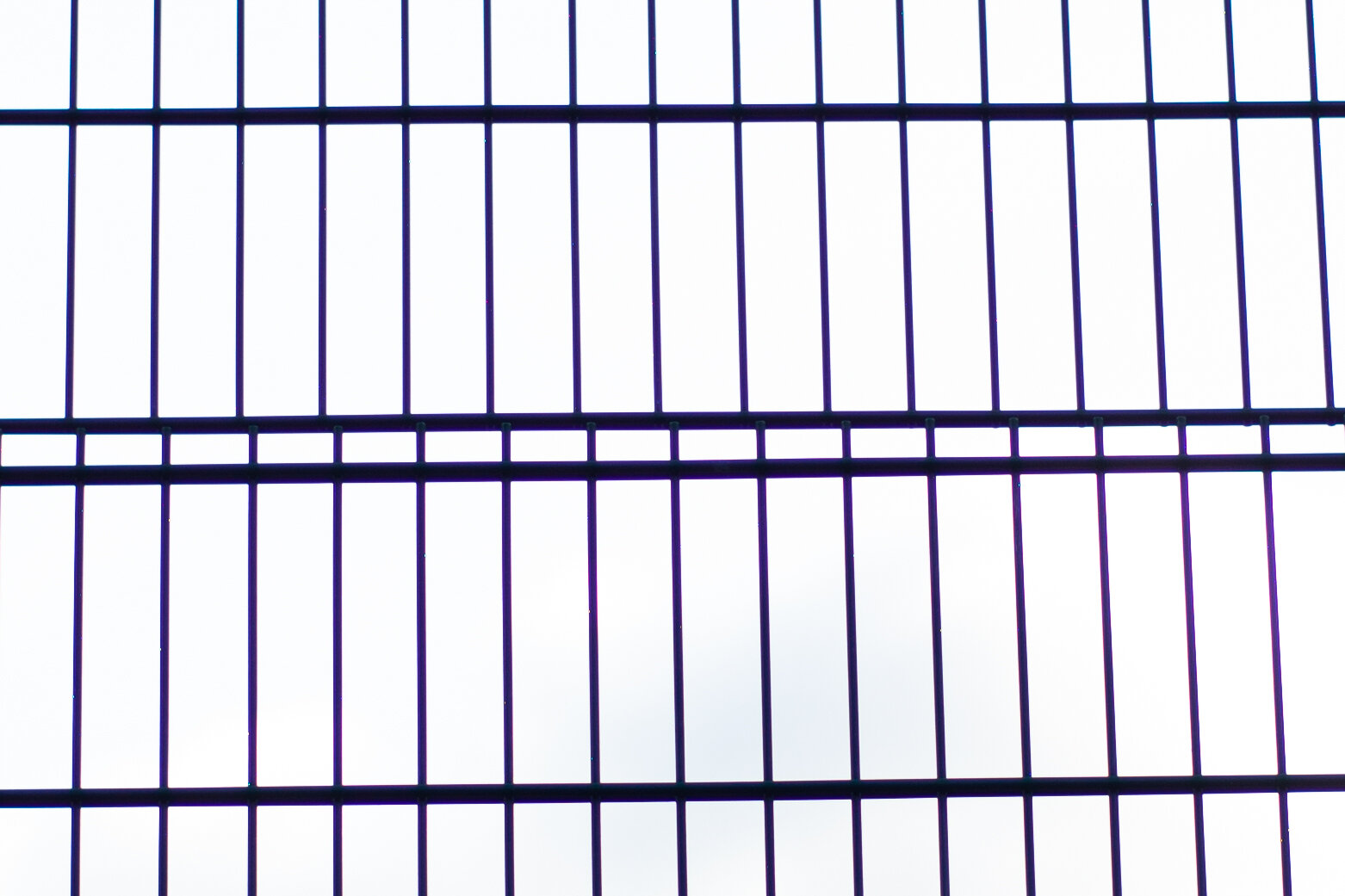









The Nokton 1.1 is quite respectable now, with some PF visible only in the highest contrast areas. The 7Artisans 1.1 is more or less spotless already, and so is the Nokton 1.2. The Summilux 1.4 is definitely not there yet, and now there is a clearer picture: PF and DPF still quite prevalent and some magenta fringing on the right side of some lower contrast transitions indicate LaCA. Not that impressive in this company! The TTArtisan 1.4 fares definitely better, although I can spot faint LaCA in the form of blue and yellow fringing, but we’ll see how this develops. The Nokton 1.5 has definitely improved but not enough, it’s lagging behind the others for PF. The Nokton 1.5 II is looking good, although the DPF is quite visible. The Sonnar 1.5 is also showing its character a bit better now: there is a lot of red fringing, definitely LoCA related (it’s on every side of the darker profiles). The slower lenses are now wide open: the Summicron F2 is starting with a bang. Impressive performance, with just a little PF visible but a really clean image overall. The Planar F2 has a definite presence of red fringing around the profiles over the highlight, green fringing everywhere else, The fringing is on both sides of each profile, which would indicate LoCA. Is it relevant in real life? I don’t think it will be particularly so, but it’s a worse performance than its Leica competitor.
F2.8
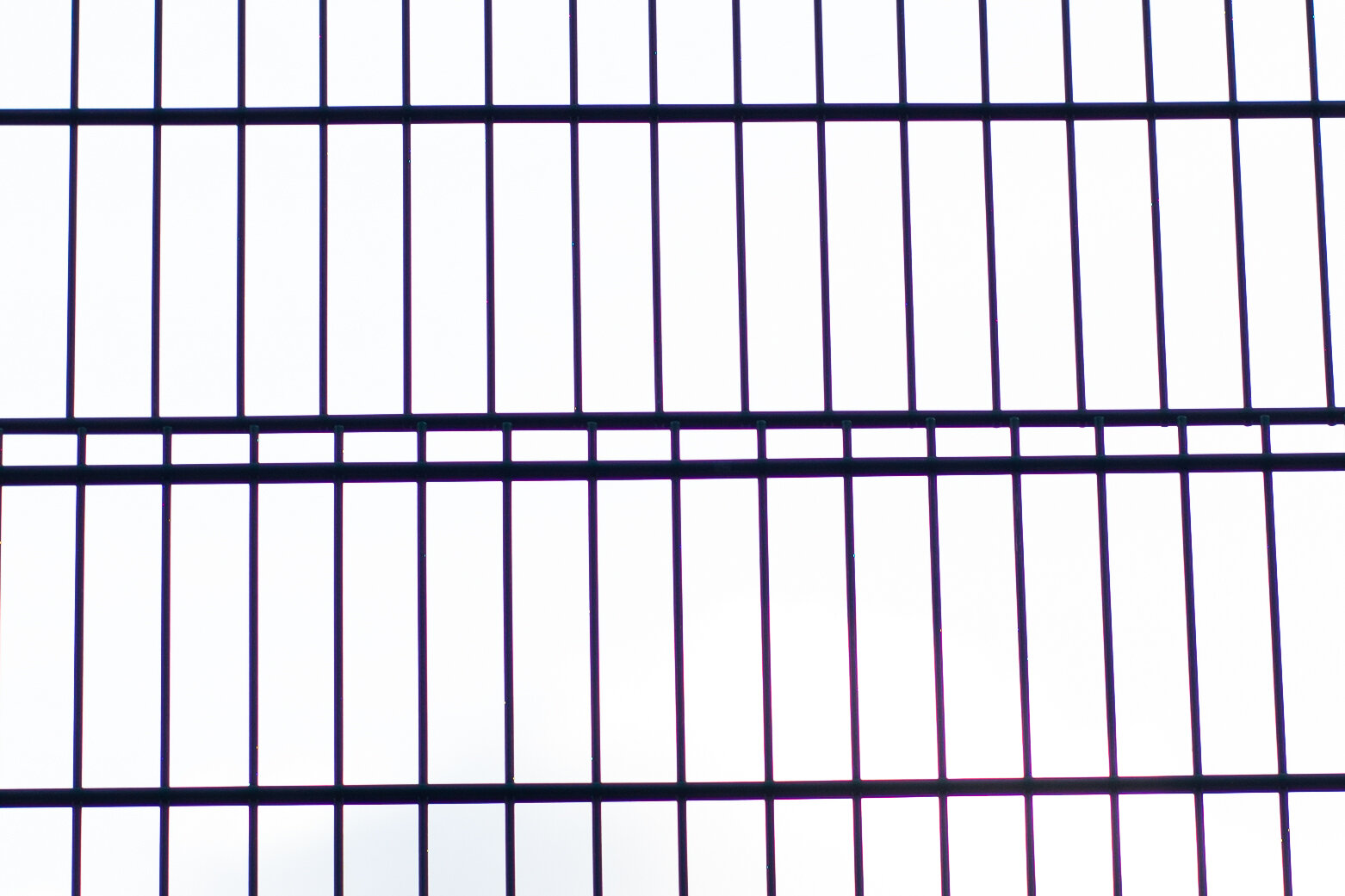









The Nokton 1.1 finally looks really good, with only traces of DPF and some red fringing. The 7Artisans 1.1 is also looking great with only traces of red and purple fringes. The Nokton 1.2 is marginally better but only if pixel peeping: it’s looking great already. The Summilux 1.4 is finally catching up but not quite, with a stronger presence of red/orange and purple. The TTArtisan 1.4 looks almost perfect, with only a faint blue and yellow outlining visible on very, very close inspection. The Nokton 1.5 is now better than its Leica competitor, showing even less red outlining than its newer sibling the Nokton 1.5 II: this lens has possibly worsened a little. I think it might be due to a slight focus shift generated forward movement of the depth of field, which has brought into view the red wavelength that was lying in front of the focus plane due to LoCA. Please feel free to correct me if this sounds wrong! The Sonnar 1.5 is just blurred and full of red fringing, due to its considerable focus shift and hefty LoCA. The Summicron F2 is simply impeccable. I can’t find anything else to say: incredible. The Planar F2 shows a LoCA generated green fringing across the image, but it’s easily detected only on the profiles over brighter highlights.
F4
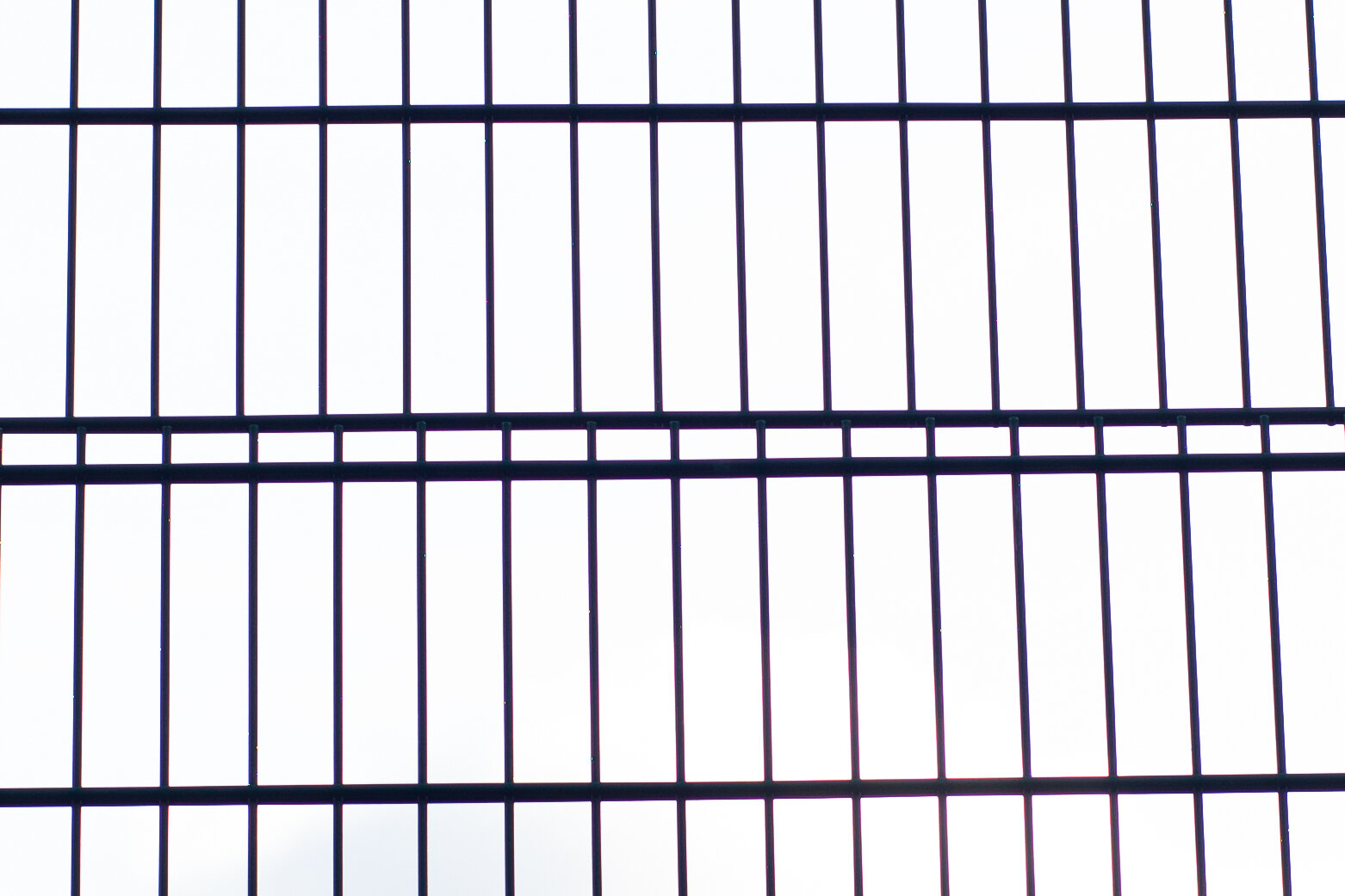









The Nokton 1.1 is looking good, with just a little LoCA red fringing over the highlights. The 7Artisans 1.1 is the same but better, and the Nokton 1.2 even a little better. The Summilux 1.4 still shows that red/orange LaCA fringe. The TTAtisan 1.4 is impeccable, while the Nokton 1.5 has barely changed. The Nokton 1.5 II is almost impeccable, with a very faint red outline in the higher contrast transitions. The Sonnar 1.5 is starting to lessen the LoCA red fringing visibility, although it is still there. The Summicron F2 is plainly perfect, and so is the Planar F2 except barely visible green fringes from the brightest highlights.
I see no point in showing further aperture values: the improvements from here are marginal for the lenses that are not looking spectacular already: the lenses that are not impeccable (or close to) at F4 never get there.
Now the corner crops.
F1.1/1.2
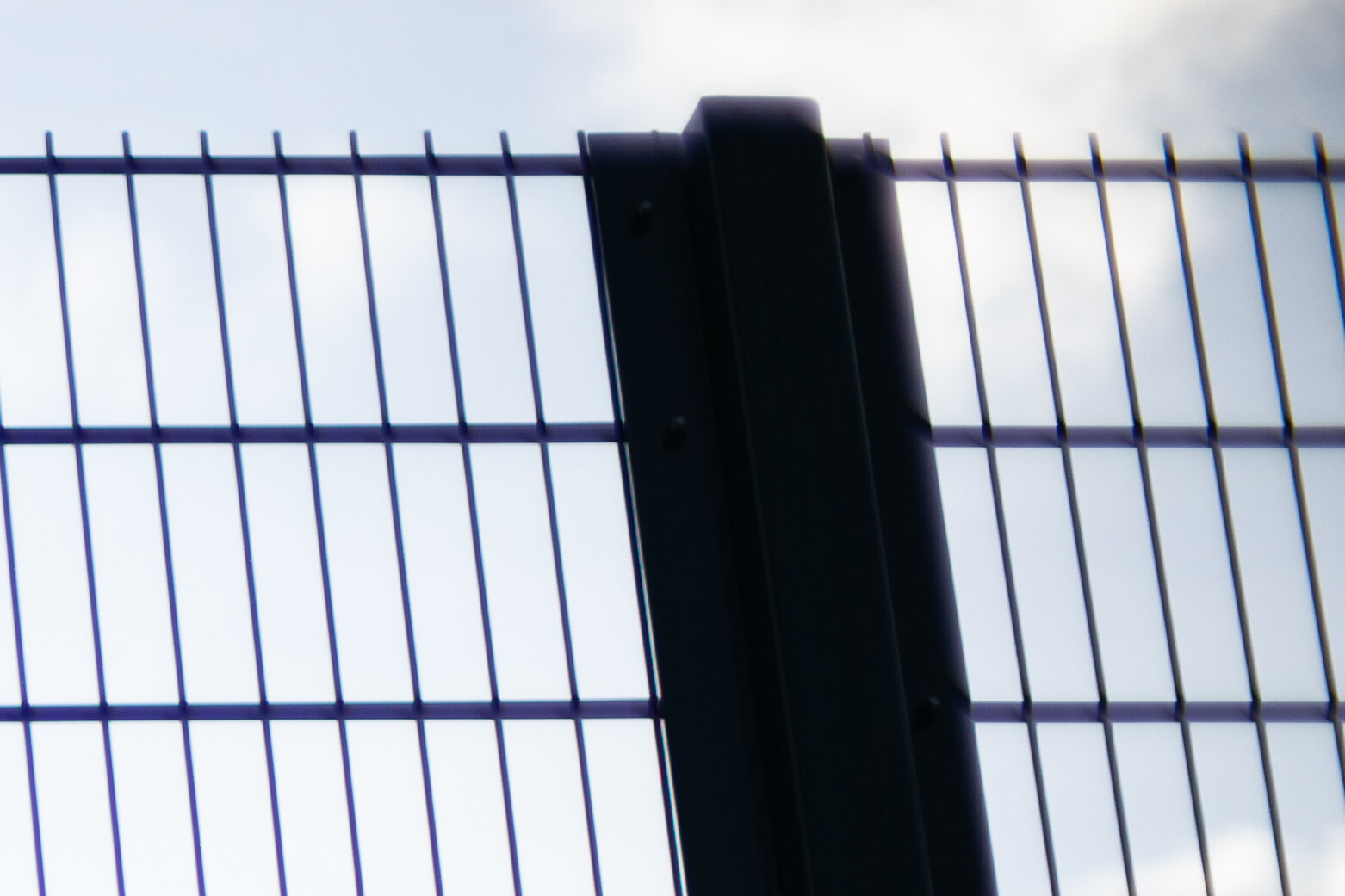


The corners are going to tell quite a different story I believe. We can see how the Nokton 1.1 shows a lot of PF, but now mixed with all the other aberrations in a more dramatic way: coma, astigmatism, spherical aberration are completely masking every detail close to a highlight. Still, we can discern a slight blue and yellow fringing in the far corner. The 7Artisans 1.1 is also let down by plain bad corners, but in that blurry mess we can see some yellow fringe on the left and blue on the right of the far corner structures. The Nokton 1.2 shows very slight LoCA green fringes but the corners are way better than the other two. All three show some blue-yellow LaCA though.
F1.4/1.5
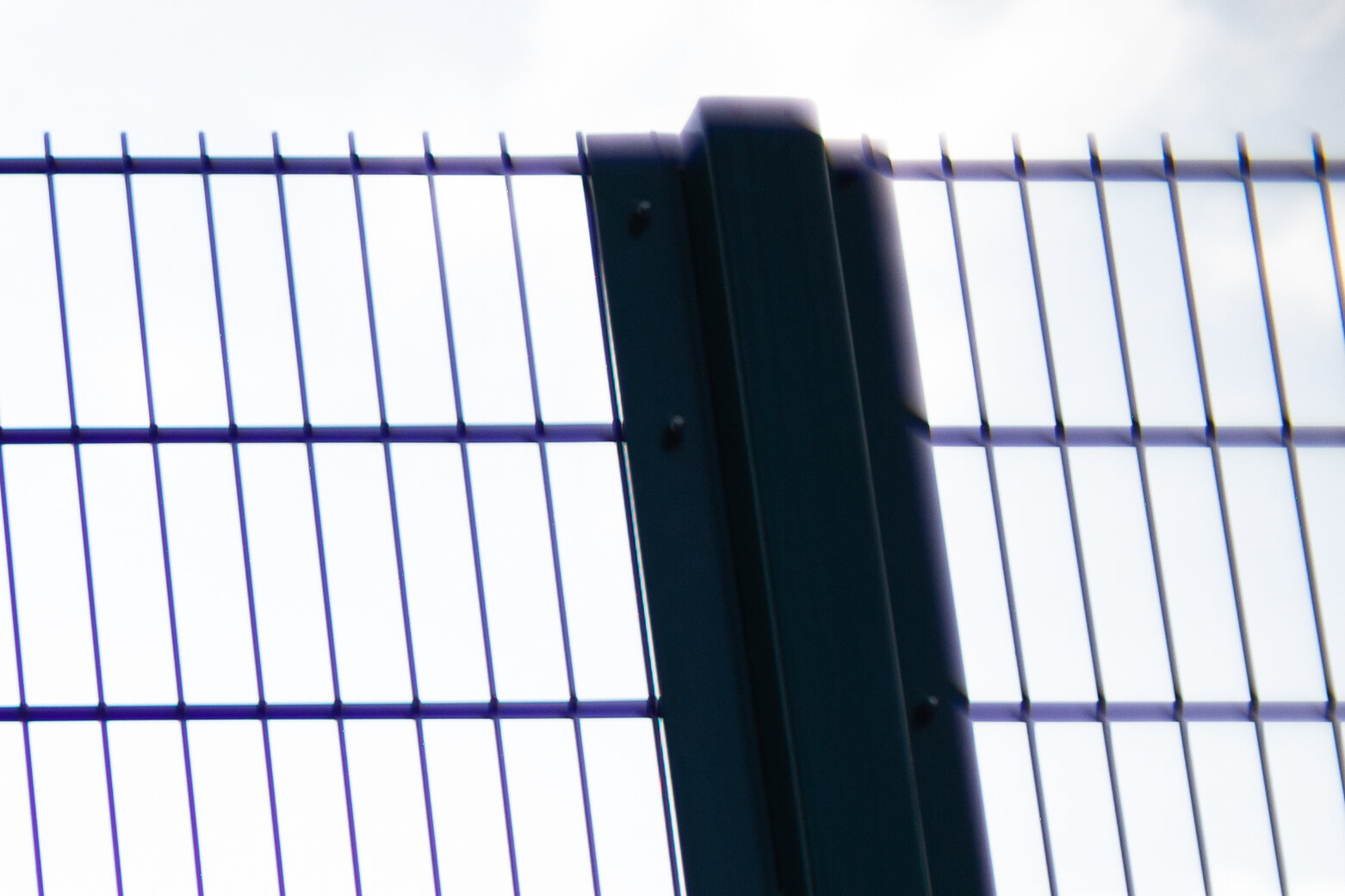







PF and all other aberrations are the only thing visible in the corner of the Nokton 1.1 image, although the detail is there in the darker areas. The 7Artisans 1.1 would have detail as well if there were no highlights, but the image ends up being a mess anyway. The yellow-blue fringing is now clearly visible. The Nokton 1.2 has lightened up with less vignetting and slightly more definition and the LoCA is the same as before, not obnoxious. The Summilux 1.4 is showing off wide open, with a much better image than the faster lenses and just a hint of green-magenta LaCA fringing. The TTArtisan 1.4 is far from the Leica in the corner for image quality; it shows moderate green-magenta LaCA. The Nokton 1.5 has a lot of PF masking everything else, with a dramatic fall-off of definition in the far corner. The newer Nokton 1.5 II is actually better than the Summilux 1.4 all the way to the extreme corner, with just a hint of green-magenta LaCA fringing. That is an amazing performance wide open! The vignetting is robbing the darker areas of some detail though, just because of the hefty amount of darkening. The Sonnar 1.5 is masking any LaCA with all the other aberrations, similar to the 1.1 lenses, and shows PF in the far corner.
F2
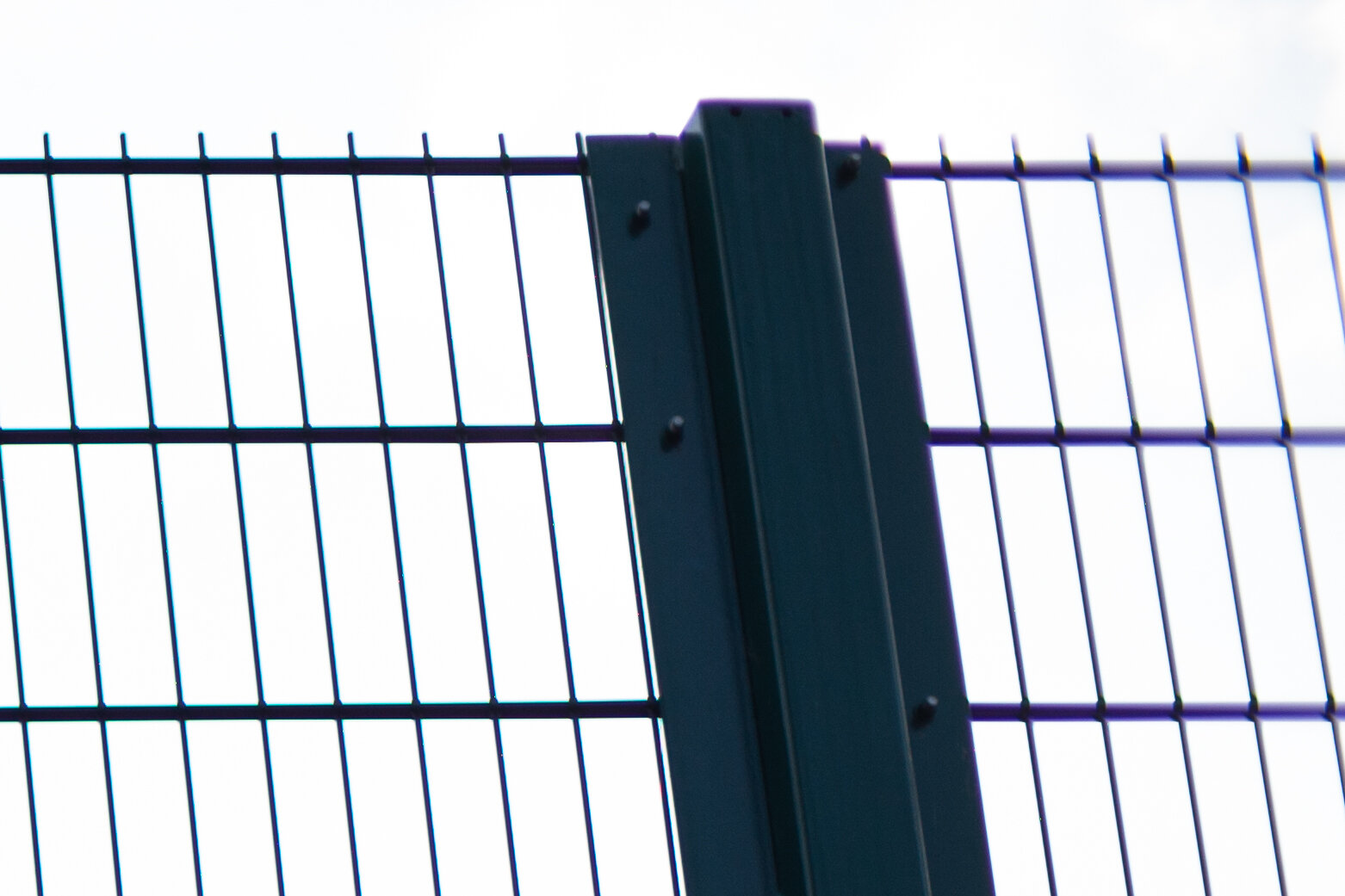









The Nokton 1.1 is starting to push the PF into the extreme corner, acquiring some more definition in the image and showing what is there without all the other aberrations masking it: a bit of green fringing, seemingly from LaCA. The 7Artisans 1.1 is doing the same thing, and now we can definitely see that the fence post has a thick blue fringe on the right side. The yellow is not as visible. The Nokton 1.2 is still showing that hint of green fringing in the horizontal fence elements and where the sun is peeking through the clouds the vertical elements are now showing blue fringing on the right side. The Summilux 1.4 has lightened a lot here, almost making me think I might have shot it with the wrong settings, but I checked carefully and I didn’t make mistakes. Curious. There are quite a few colours in the extreme corner: blue, green, purple, magenta. Definitely some LaCA and still a little PF, but does it matter so far off in the corner? The TTArtisan 1.4 is still pretty blurry and offers a distinct blue-yellow LaCA fringing. The Nokton 1.5 has lessened its vignetting allowing us to see a lot more if its considerable PF, but not much else. Its newer sibling, the Nokton 1.5 II, is just showing every other lens off instead: really sharp, just a hint of green-magenta fringing. The Sonnar 1.5 is still struggling with its cocktail of monochromatic aberrations with a generous splash of PF. Not much else to see. The Summicron F2 is entering the stage and it does so with impressive performance already, with some LaCA visible in the extreme corner as blue-yellow fringing. I’d say it is already on par with its much younger and faster brother, the Summilux 1.4 (which has already closed down a stop!). The Planar F2 is also coming in and it shows quite some sagittal astigmatism right in the corner. Unfortunately the sun decided to come out exactly there, so it’s a bit less easy to directly compare it to the Leica counterpart, but the Zeiss lens has a thing with red fringing instead of purple: it’s LoCA.
F2.8
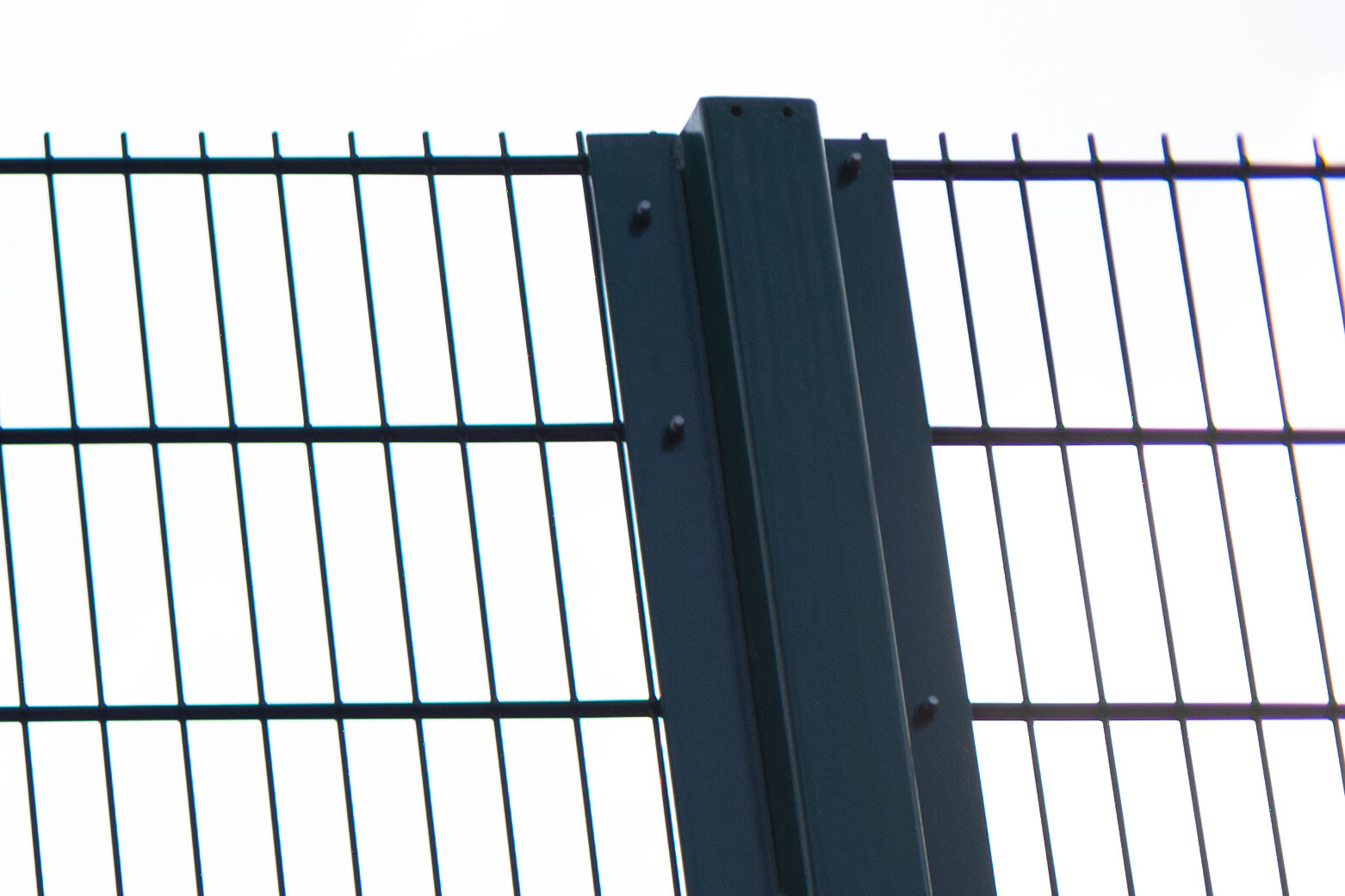









The Nokton 1.1 is really pushing its troubles out of the frame now, with only the very extreme corner being affected by blue, yellow and magenta LaCA and a green fringe closer to mid-frame. The 7Artisans 1.1 is not so quick in cleaning up the corners, but still it keeps the LaCA at low levels. The main colours seen are green-magenta. The Nokton 1.2 is really keeping a good handle on LoCA, the green fringing is almost invisible in a normal sized image and the detail is there. Just a little LaCA blue peeking out of the extreme corner - irrelevant in my opinion. The Summilux 1.4 is getting even lighter with what looks like veiling flare! And it’s not subtle. The green-magenta fringing is visible mostly in the extreme edge and corner, where we also have a loss of definition. The TTArtisan 1.4 still struggles to draw with any precision in that corner, and not much changes. The Nokton 1.5 is just starting to get a grip on its PF, which is still quite objectionable. I don’t see any point in commenting much further on the Nokton 1.5 II: amazing. Green fringing down, vignetting diminishing. The Sonnar 1.5 is starting to ease up on its aberrations cocktails and, while PF is still prominent in the corner, there is some detail in the left side of the image that lets us detect some blue LaCA fringing. The Summicron F2 is rocking it until the extreme corner, where it shows its blue-yellow fringing. The Planar F2 really shrugged most of the astigmatism off and shows a lot of detail. The red fringing is still there where the sun is shining. The green fringing seems to line all sides of the fence elements: is that LoCA instead of LaCA?
F4
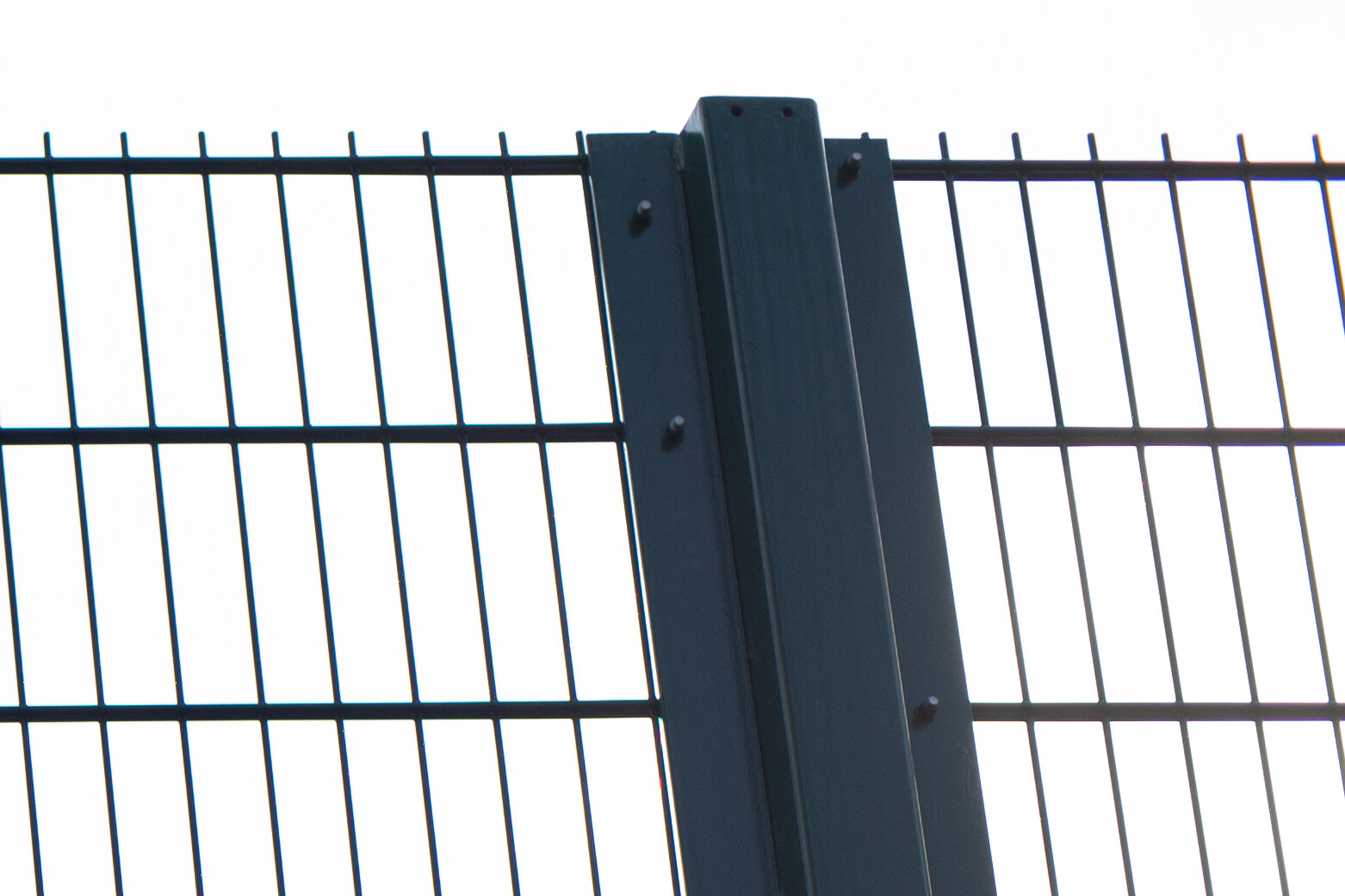









The Nokton 1.1 is now really good: no PF and mild veiling flare where the sun is shining through the fence, a hint of green fringing in the high contrast transitions, the other colours keep on moving away in the extreme corner. The 7Artisans 1.1 is improving and shows a little fringing where the contrast is medium-high, but close to and over the area where the sun is shining the red fringing is obnoxious. This lens doesn’t like light sources in its sights. The Nokton 1.2 is outstanding now. Look at the lower right corner of the image, where the sun in shining: no PF, no degradation, minimum veiling flare. The Summilux 1.4 brings the veiling flare to another level instead: the image is washed out now. The LaCA is the same, just a bit worse in the extreme corner, but not objectionable. I checked again, the exposure values are correct, exactly the same as the other lenses at the same stops! The TTArtisan 1.4 is starting to get a grip towards the corner with some sharpness creeping in. LaCA handling is good: the sun is shining exactly in the weakest point of any lens and it’s coping well. The Nokton 1.5 has now great detail all the way into the extreme corner. LaCA is not an issue with this lens, but PF is. It’s still there and still objectionable. The Nokton 1.5 II certainly shows more LaCA than its sibling but it’s mild, there is a blue fringe but it’s so far into the edge/corner that it’s irrelevant. The Sonnar 1.5 is pushing the PF in the far corner/edge, and its LaCA is blue-magenta. It’s not particularly subtle, I think it might be obnoxious in some situations. The Summicron F2 is clearly showing the blue-yellow LaCA now but it’s only in such an extremely peripheral area as to be irrelevant in most applications. The Planar F2 has really brought its red fringing under control, it now shows just over the sun. The green fringing in the rest of the image is there though. It’s mild, possibly not objectionable.
I will stop here for this series: at F5.6 and F8 it’s more of the same, all lenses get sharp (well, the 7Artisans 1.1 still struggles in the extreme corner) and the LaCA does not change. All of them eliminate all PF. The Summilux actually gets worse with that veiling flare: unbelievable!
Here are the comparison grids. for larger, click here for centre crops and here for corner crops.
Notice the amount of veiling flare in the Summilux 1.4 images. There is some in the Planar F2 as well but not as dramatic.
Summary for chromatic aberrations test
The 7Artisans 1.1 is controlling the PF a bit better than the Nokton 1.1 and eliminating it at F1.4. It is spotless from F2 in the centre. In the corner there is never much detail and monochromatic aberrations like coma, astigmatism and spherical aberration take over until F2.8, at which point some definition starts showing and so does blue fringing from LaCA. Some green-magenta fringing is always there but gets less visible at smaller apertures.There is a constant red LoCA fringing around brighter highlights. The Nokton 1.1 shows a huge amount of PF in the centre but changes completely from F2, with PF under control and red fringing from LoCA visible around brighter highlights. The corner is a monochromatic aberrations and PF party until it starts sobering up at F2. Some green LaCa fringing becomes visible but starts disappearing at F4. Spotless image at F8 with sharp corners. The Nokton 1.2 is impressive in the centre wide open with very small amounts of PF and digital PF (DPF) visible wide open but just impeccable from F2. In the corner it is a bit soft wide open, showing a little green fringing due to LoCA. The green diminishes when stopping down and the image becomes perfectly clean from F5.6. The Summilux 1.4 holds another surprise for us: according to Mr Karbe, its designer, the lens is unofficially an apochromatic (APO) design, which should bring the chromatic aberrations to heel, especially LoCA if I understand correctly. Lo and behold, the PF, which is LoCA, is worse on this lens wide open than the newer Noktons, the 1.2 and 1.5 II, which have no APO designation, unofficial or not. Less DPF than the Nokton 1.2 though. It also shows some red LoCA fringing around very high contrast details, and a bit of green-magenta fringing (LaCA this time) which improves by F2.8. In the corner it is pretty good from wide open, but the green-magenta fringing never disappears although it’s more visible in the extreme corner. The other surprise is an inordinate amount of veiling flare worsening when stopping down. Only the Nokton 1.1 and Planar F2 show a little but far from the levels of the Leica. The TTArtisan 1.4 is looking very good in the centre from wide open, with minimal PF, and some LaCA in the form of blue-yellow fringing that disappears by F4. The corner looks a lot worse for detail and it needs F4 to get to decent levels, but the very low green-magenta and blue-yellow levels of LaCA are not very intrusive at all, giving a good performance for this test. The Nokton 1.5 centre crop has pervasive PF at F1.5 and F2, then gets even better than the Summilux 1.4 at F2.8, impeccable by F4. The corner has objectionable PF till F4, monochromatic aberrations that really degrade the image at F1.5 and F2 and then disappear. From F5.6 it’s excellent, sharp and aberration free. No visible LaCA with this one. Quite a different story with the Nokton 1.5 II: the centre is astounding wide open, then gets a little red outlining from LoCa till it disappears at F5.6. The corner shows astonishing sharpness from wide open and slight green-magenta fringing that remains throughout the aperture range but, especially by F5.6, is so low that it gets irrelevant. The Sonnar 1.5 suffers from old age for this test. PF and LoCA will be eliminated stopping down to F8, but they are visibly deteriorating the image at most aperture values. The corners are plagued by monochromatic aberrations until F2.8, then they improve, but some intrusive blue-magenta LaCA is always visible outside of the centre. The Summicron F2 on the other hand shows a spectacular performance for an elder: apart from a slight PF wide open, the centre is just spotless. The corner is much of the same story but for the extreme corner, that shows a little LaCA in the form of blue-yellow fringing. The Planar F2 shows a different picture (pun intended): it definitely suffers from LoCA, with a red fringe visible in the higher contrast transitions and green fringing everywhere else. The red disappears from F4, the green does not in the corner but it does in the centre at F5.6. Also, there is quite some sagittal astigmatism in the corner wide open: definitely a lesser performance than its Leica competitor.
Distortion
I will show the uncorrected and then the corrected image for distortion, with the type of distortion and the correction value in Lightroom. There will be no summary for this section, it is very short and the specification grid in Part 1 lists each of them.
The Summicron F2 is just impressive: no distortion at all. The Sonnar 1.5 is impressive as well: I’m not sure it needs any correction. But I have to say that it looks like it has a tiny moustache type of distortion. In reality, if you are disturbed by this level of distortion, I have no idea why you would shoot a lens with as many flaws as the Sonnar 1.5!
Field curvature
Another one with no need of a summary: just an image per lens and its description. A curvature of field that brings the plane of focus closer to the lens at the sides is called a positive (or Petzval) curvature, the opposite is called negative curvature. Aspherical lenses are commonly showing wavy curvature: this is normal and due to physics. The following images are a way I found to show the field curvature, but remember that I examined the file at full resolution: I don’t know how well you can see what I saw.
This concludes Part 2 of this comparison. Please click here or below to continue to Part 3, where we will look at bokeh rendering with subject at a close distance, 3 meters and 6 meters distance, and a series showing the performance in studio style portrait with flash.





